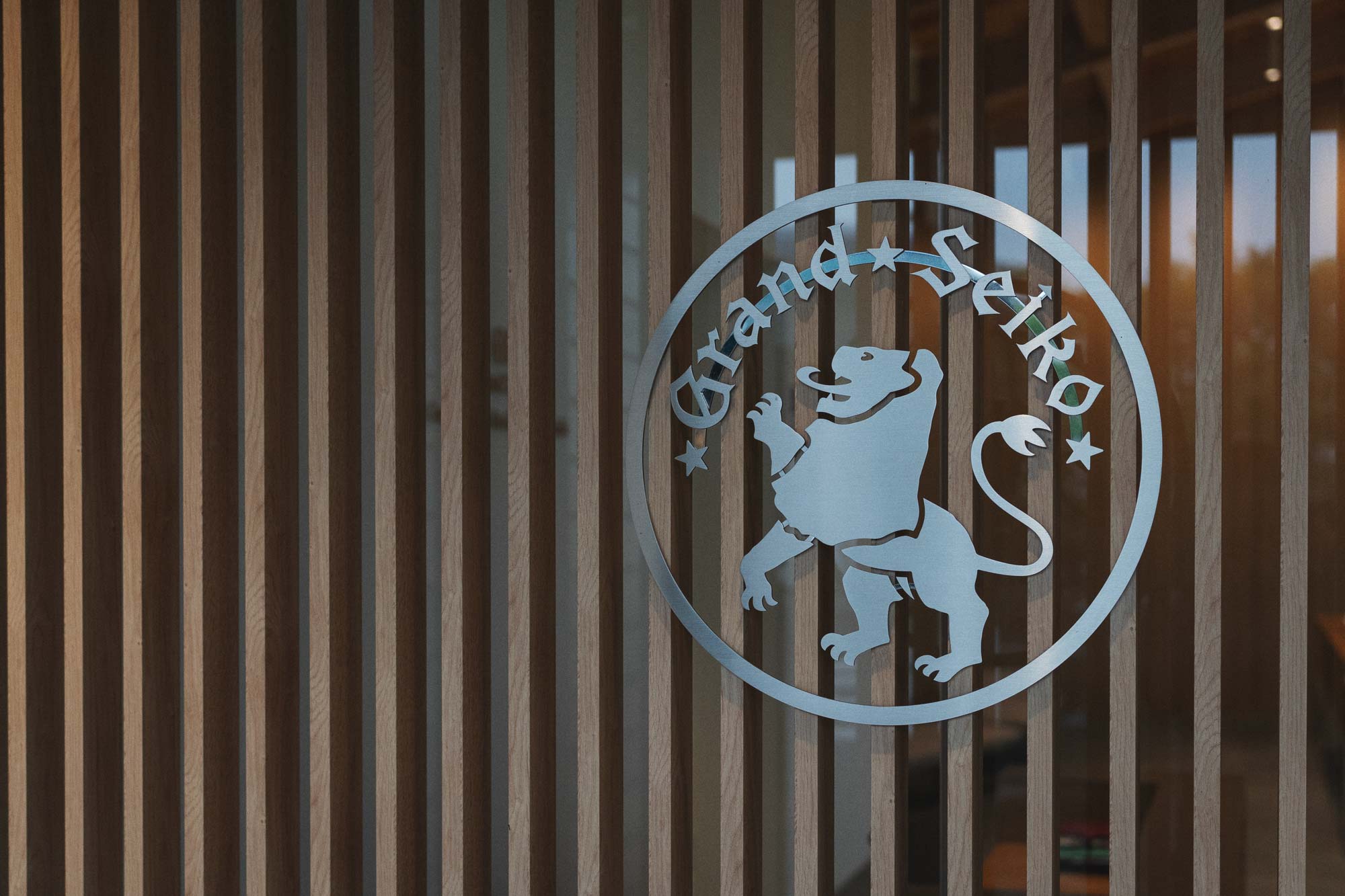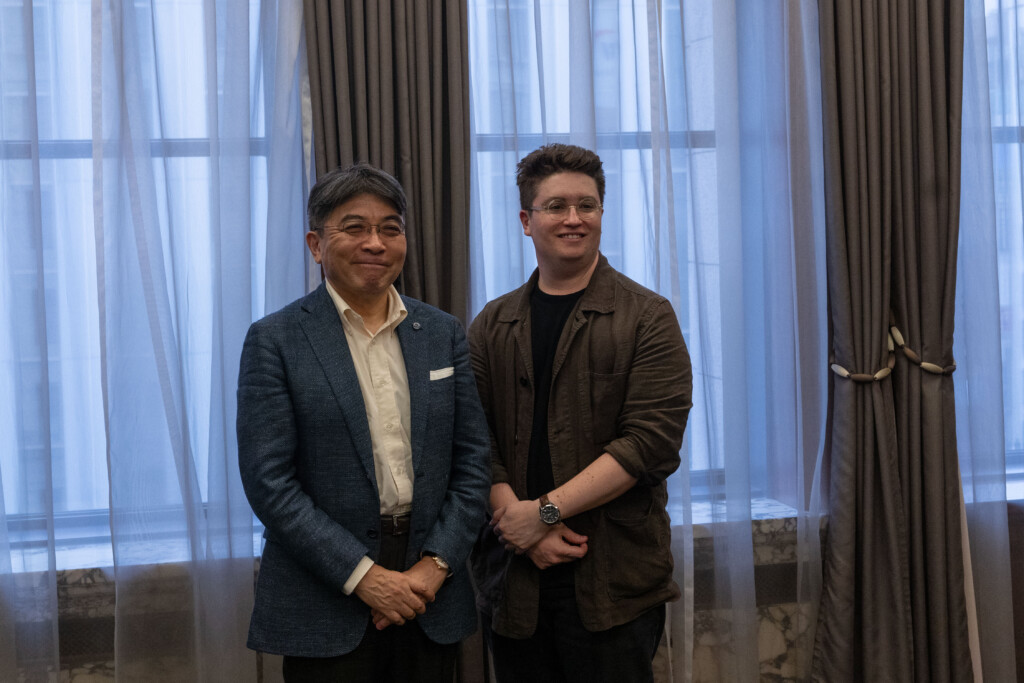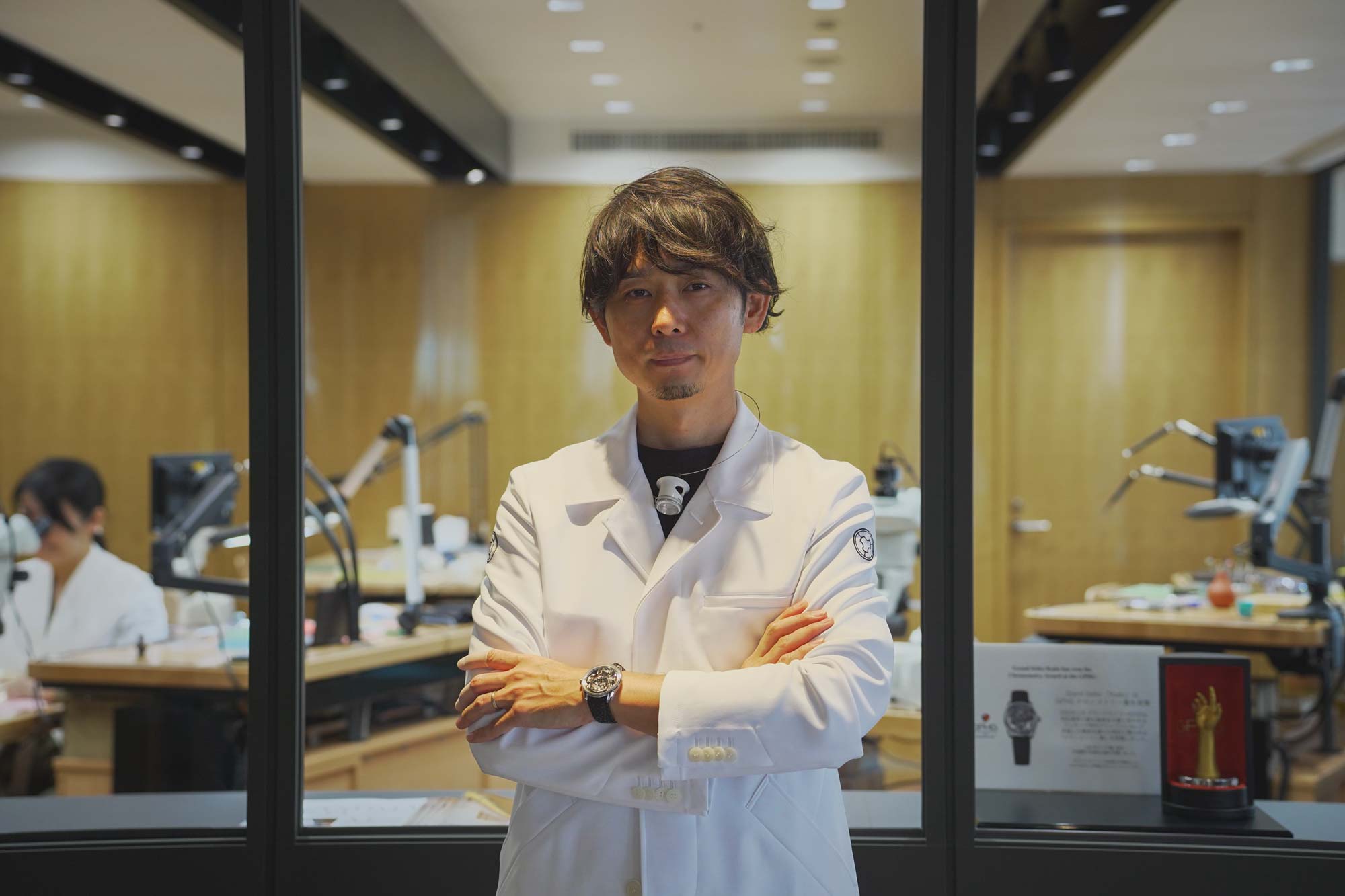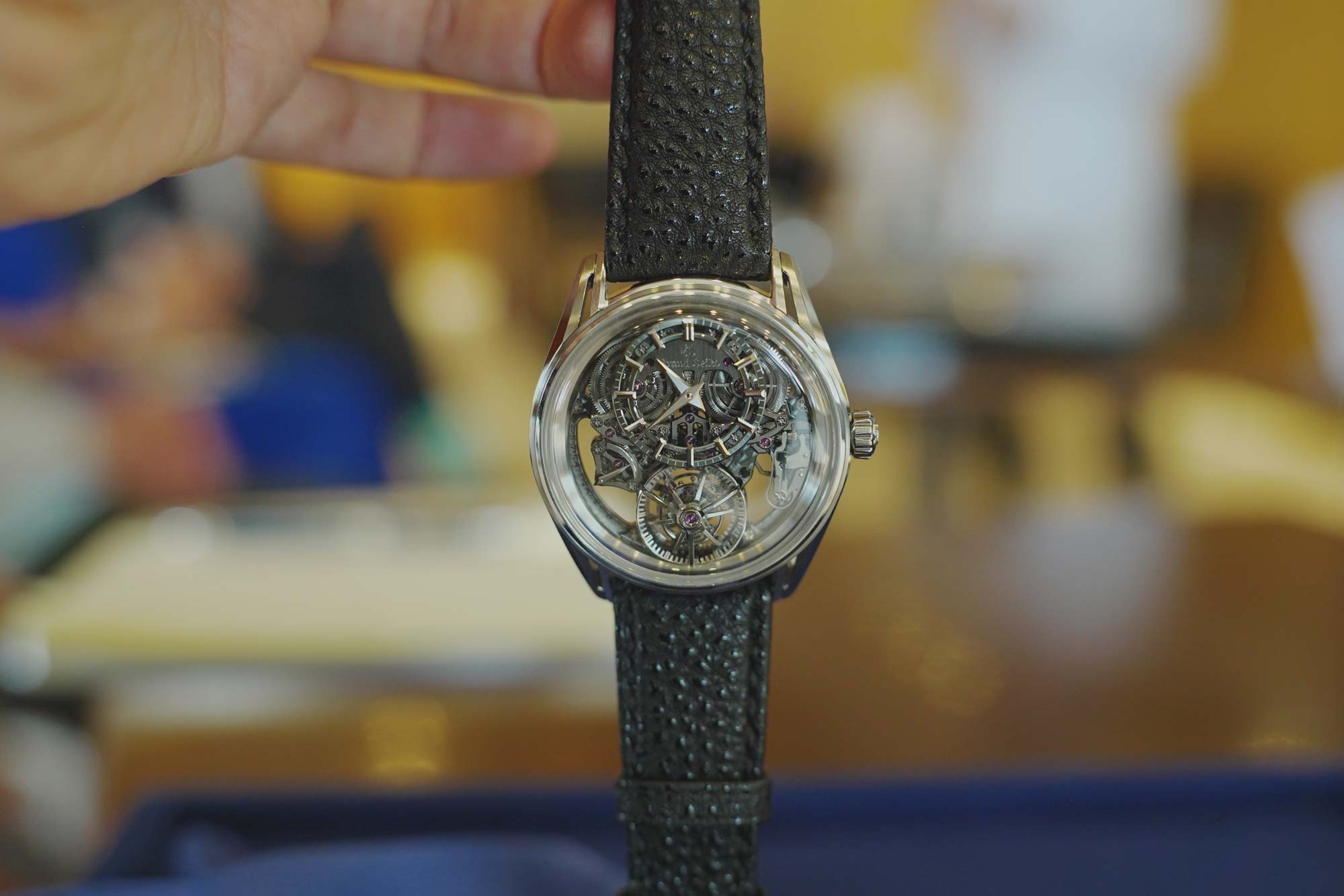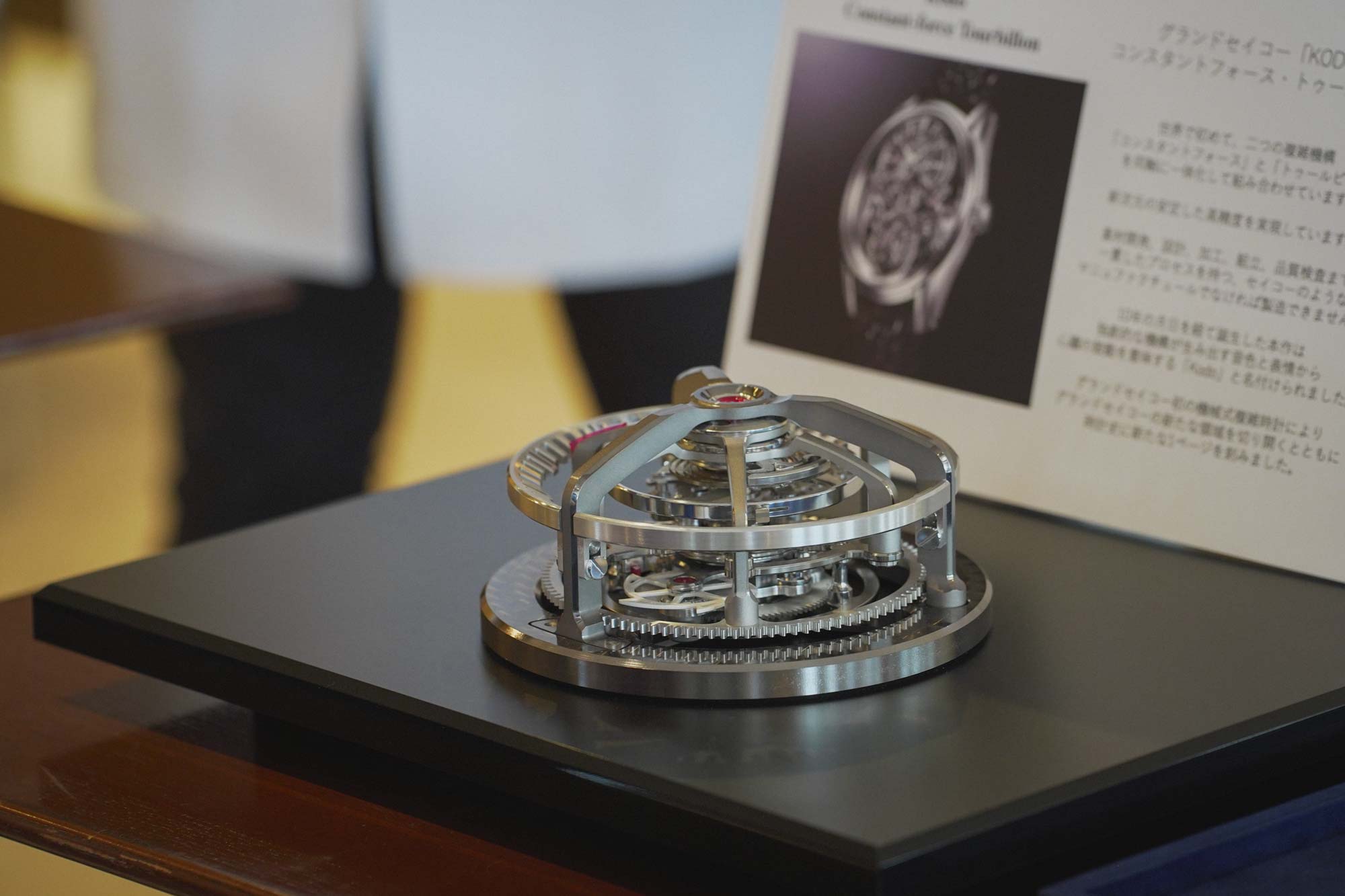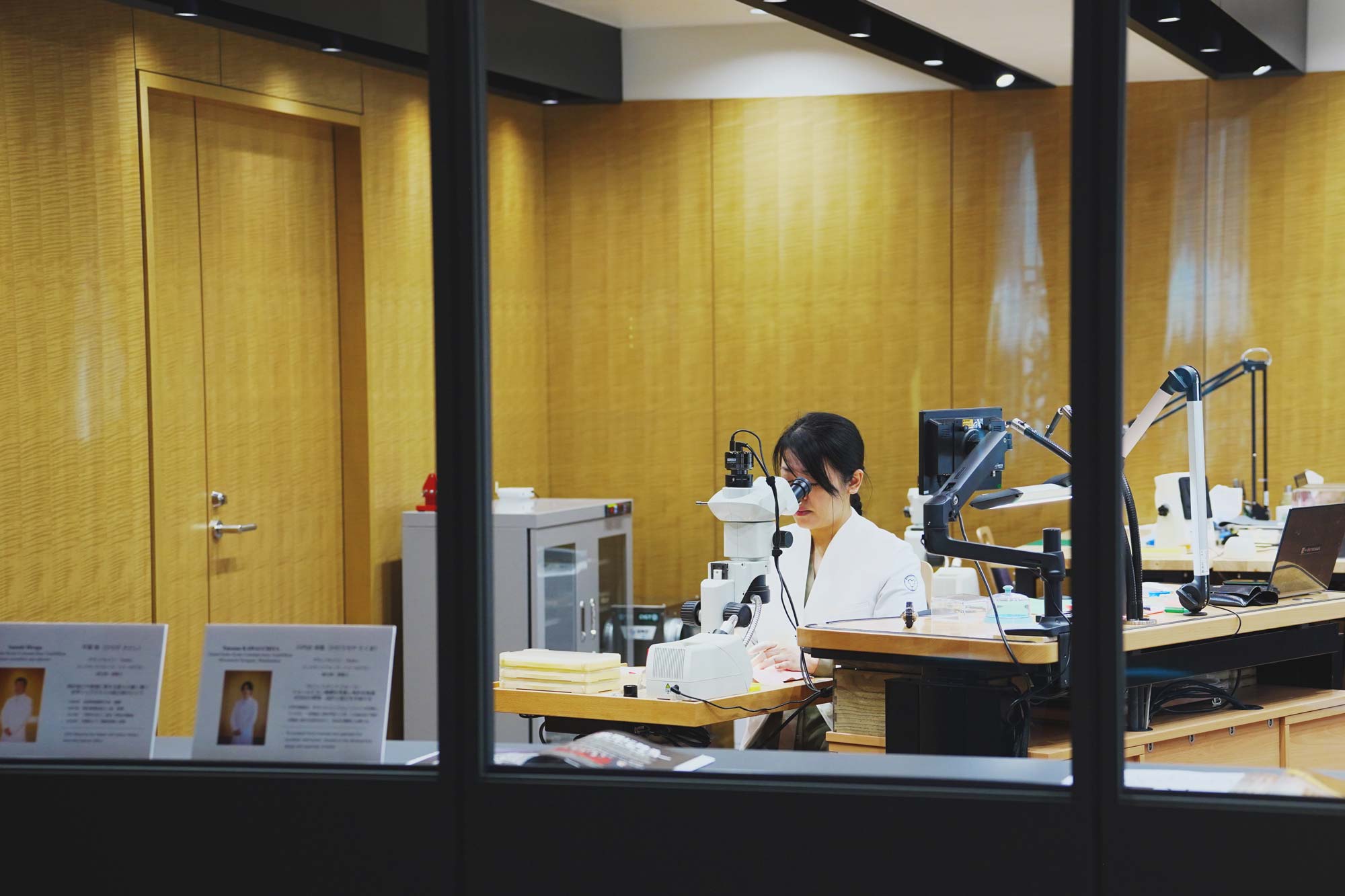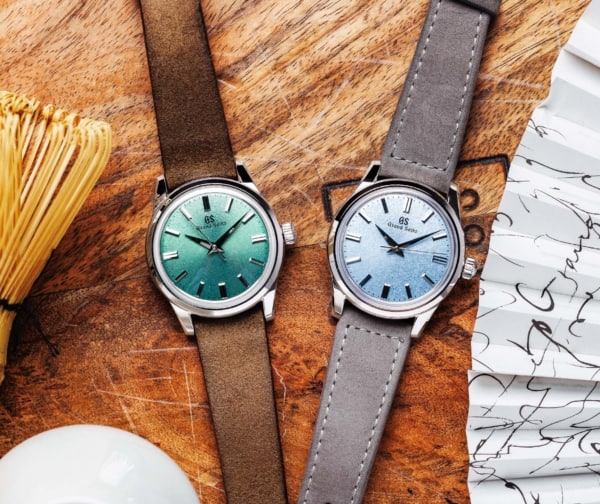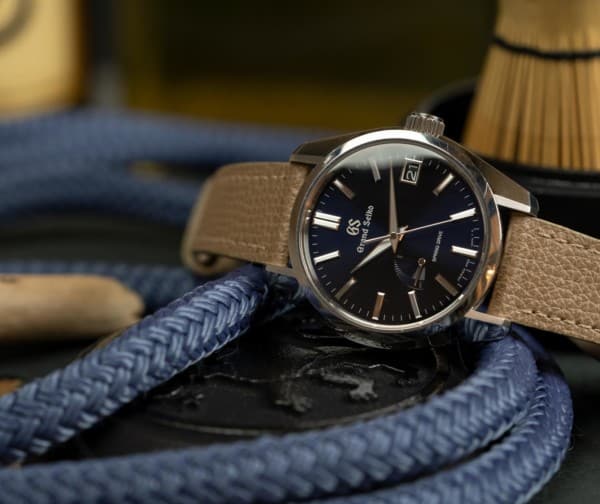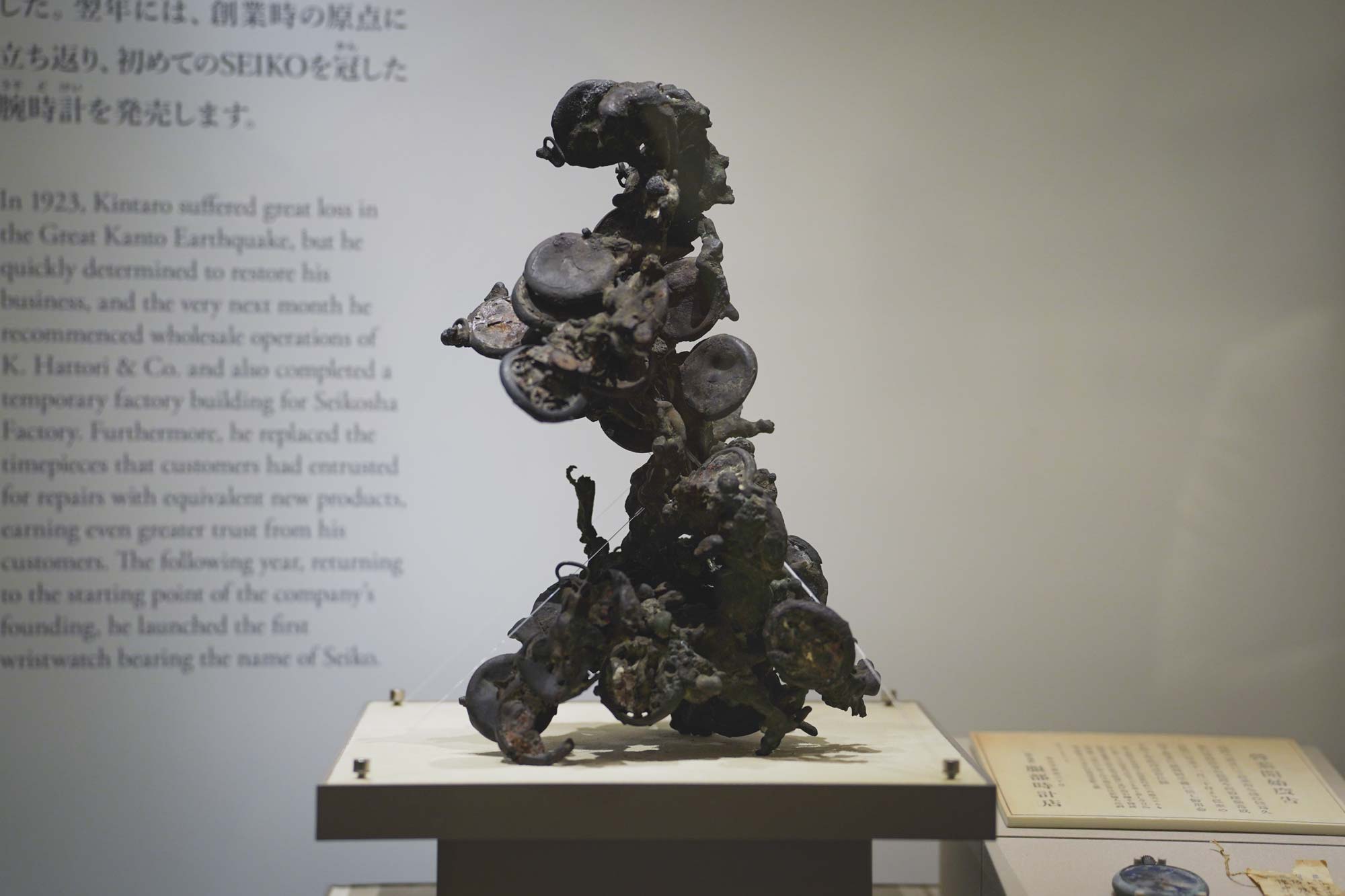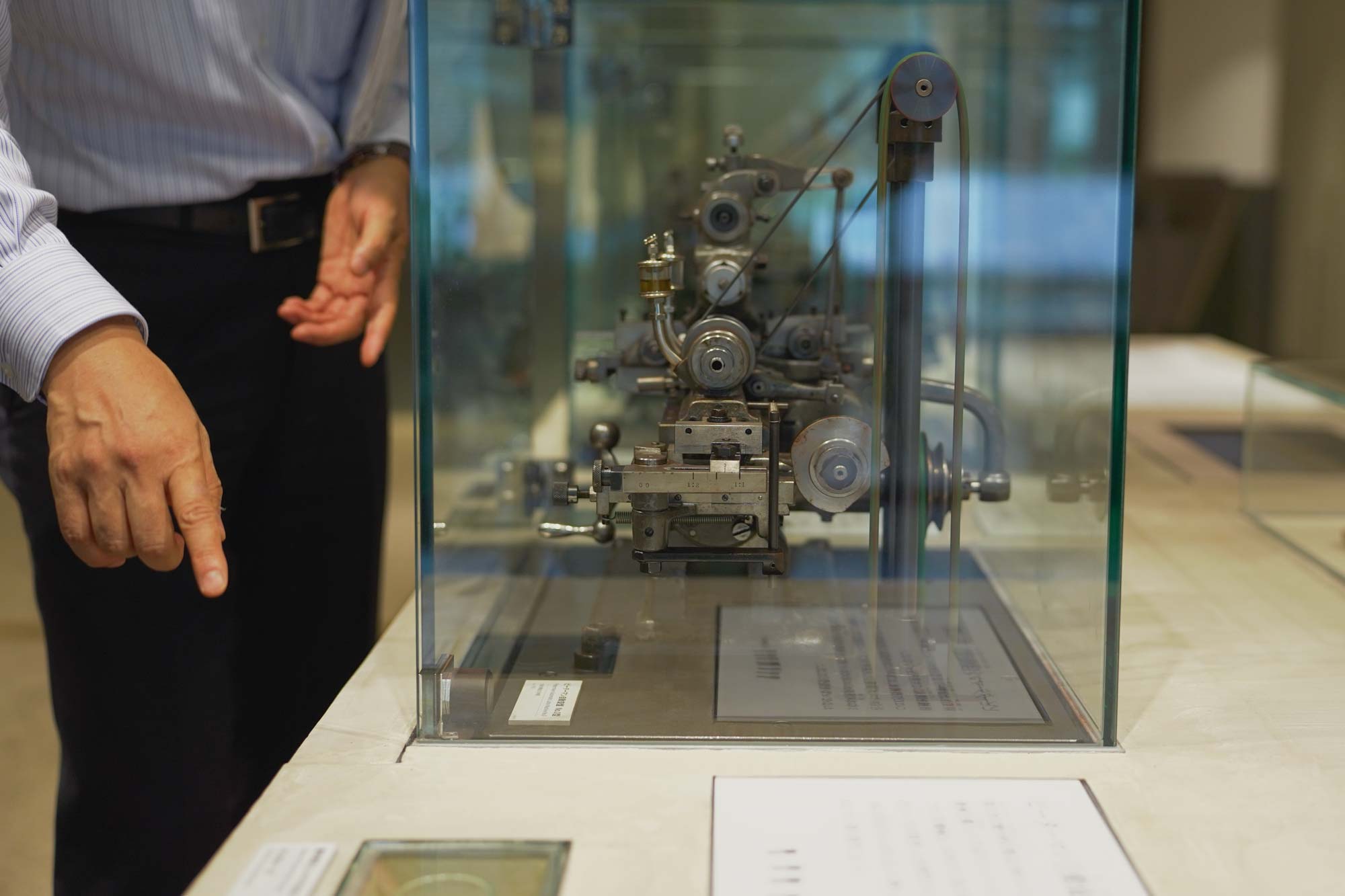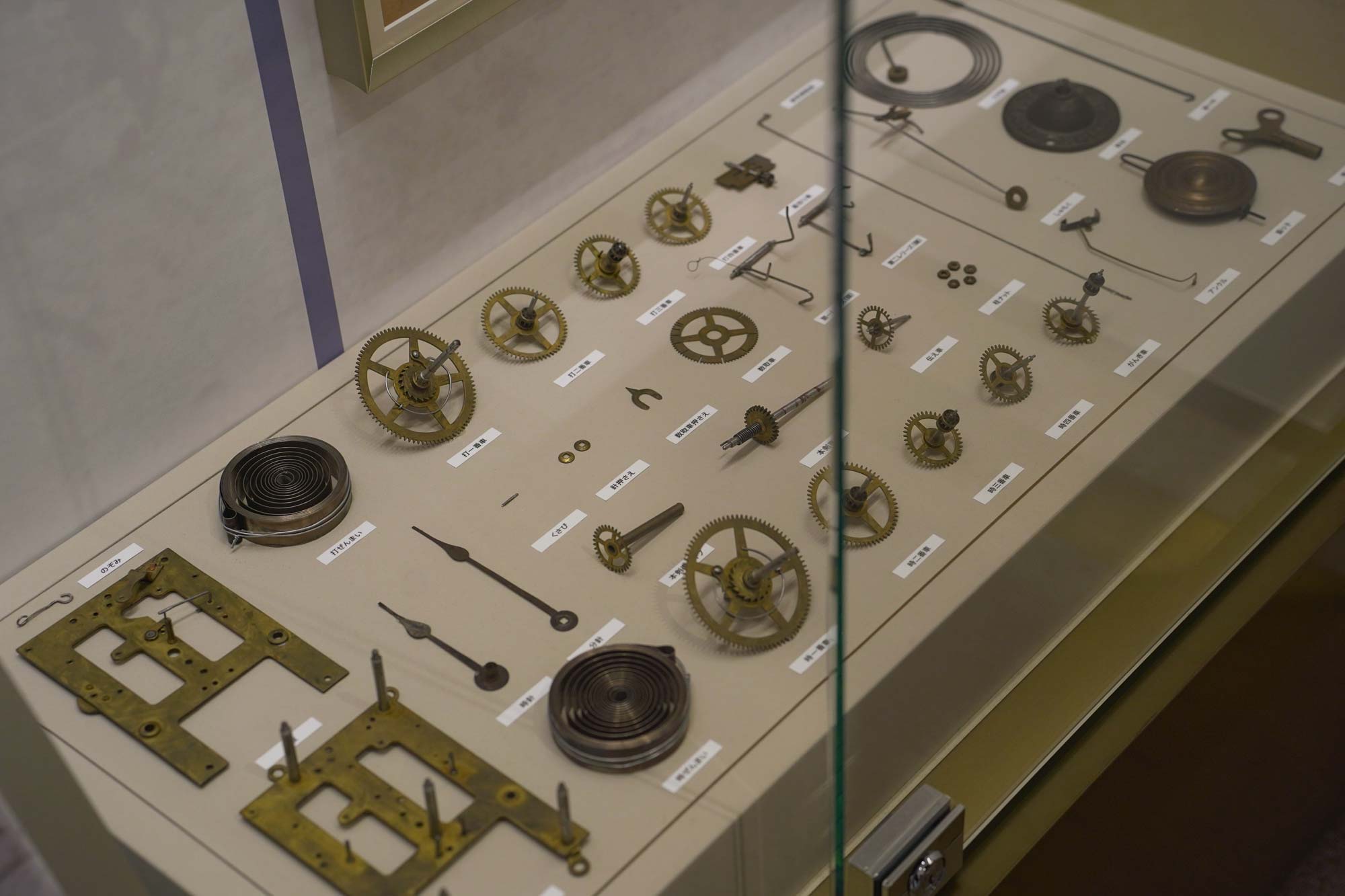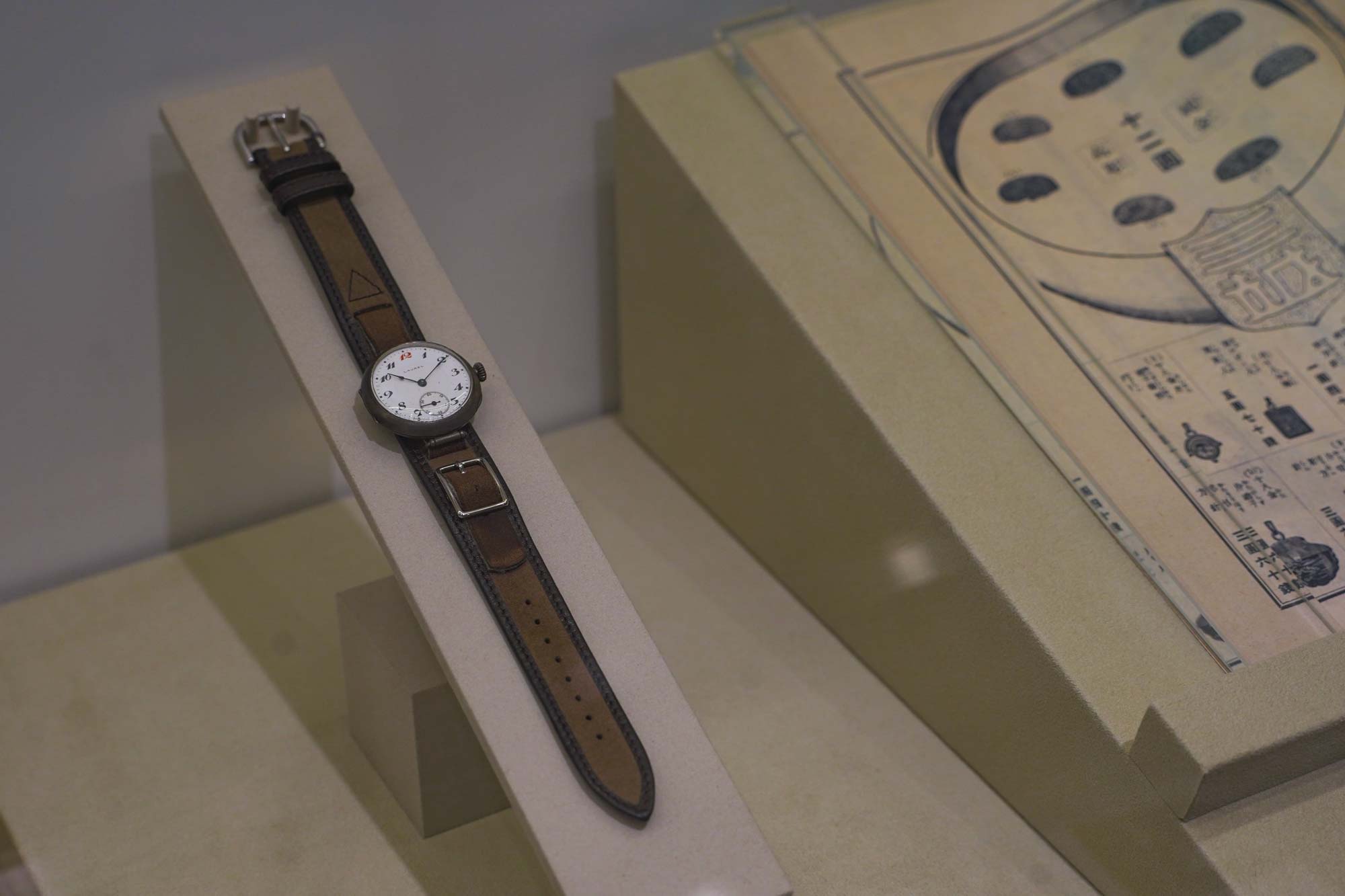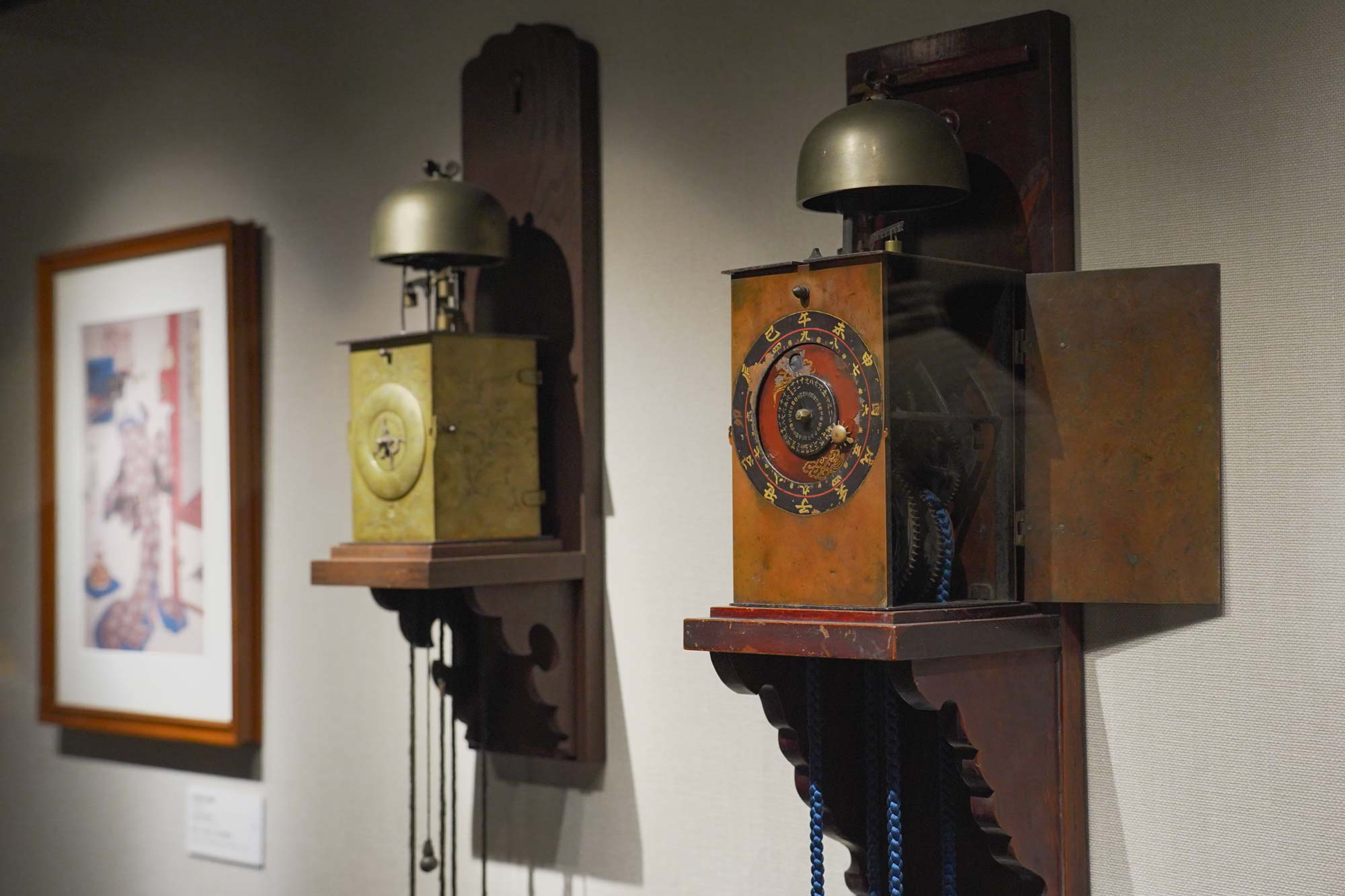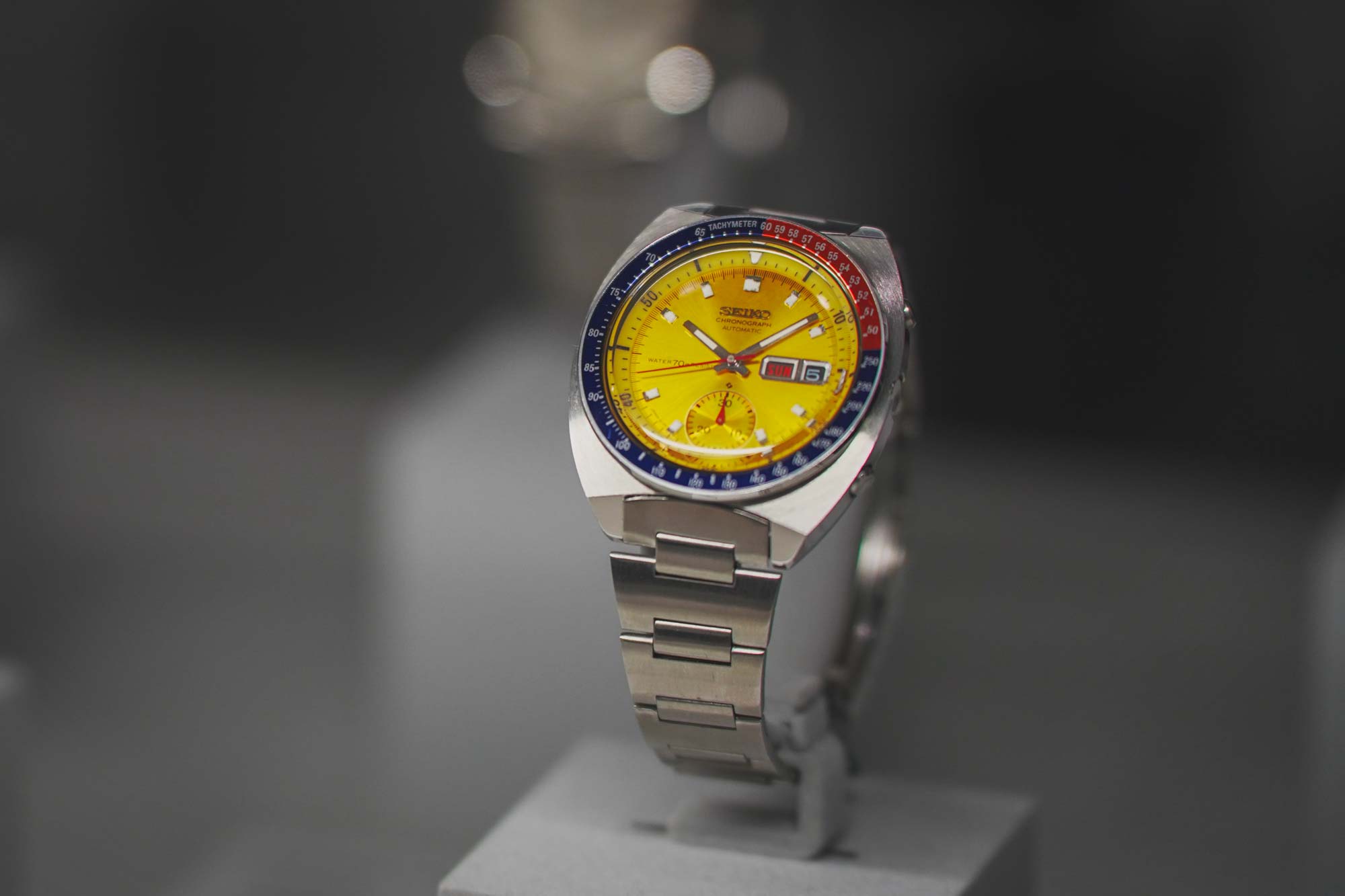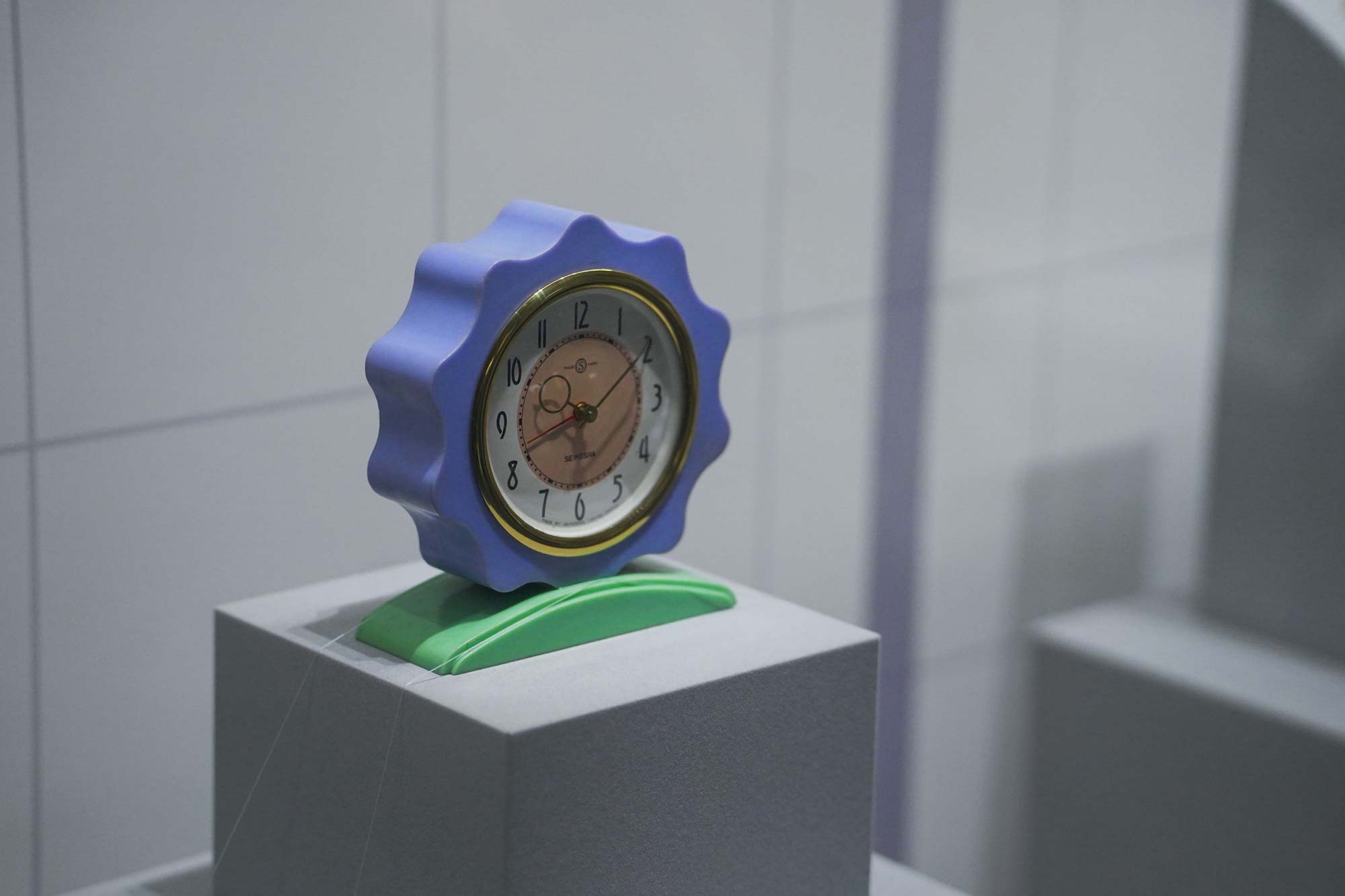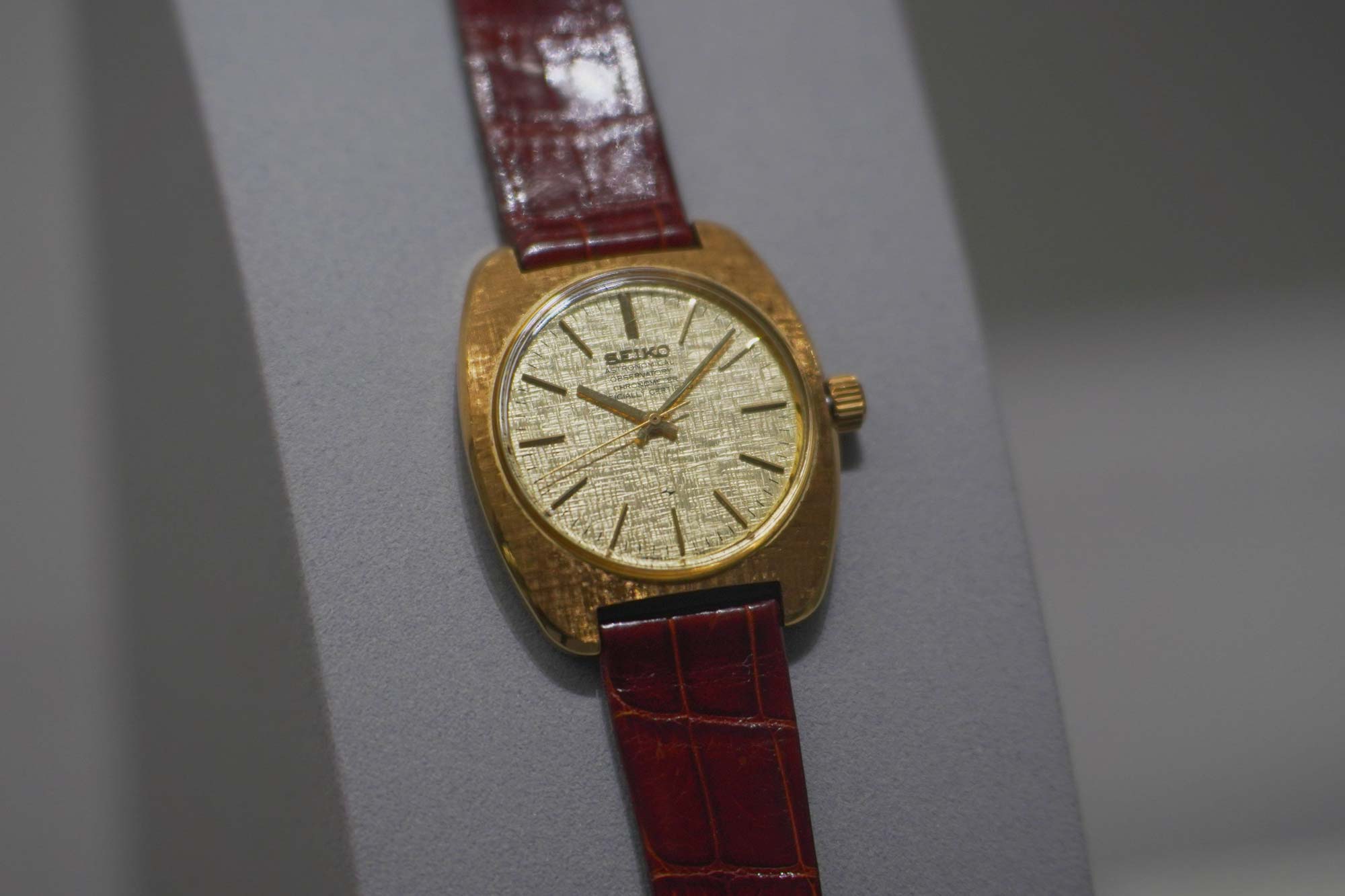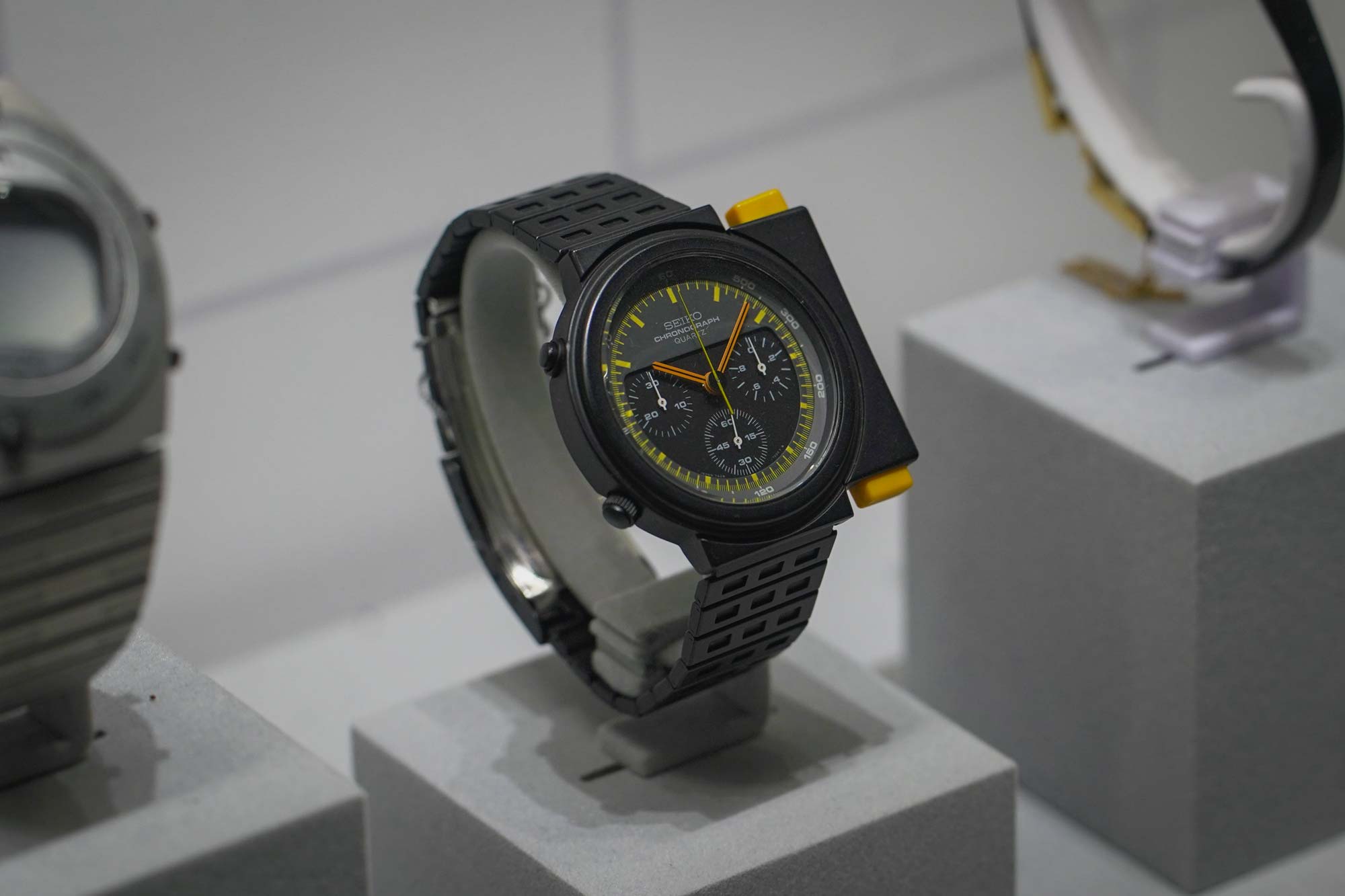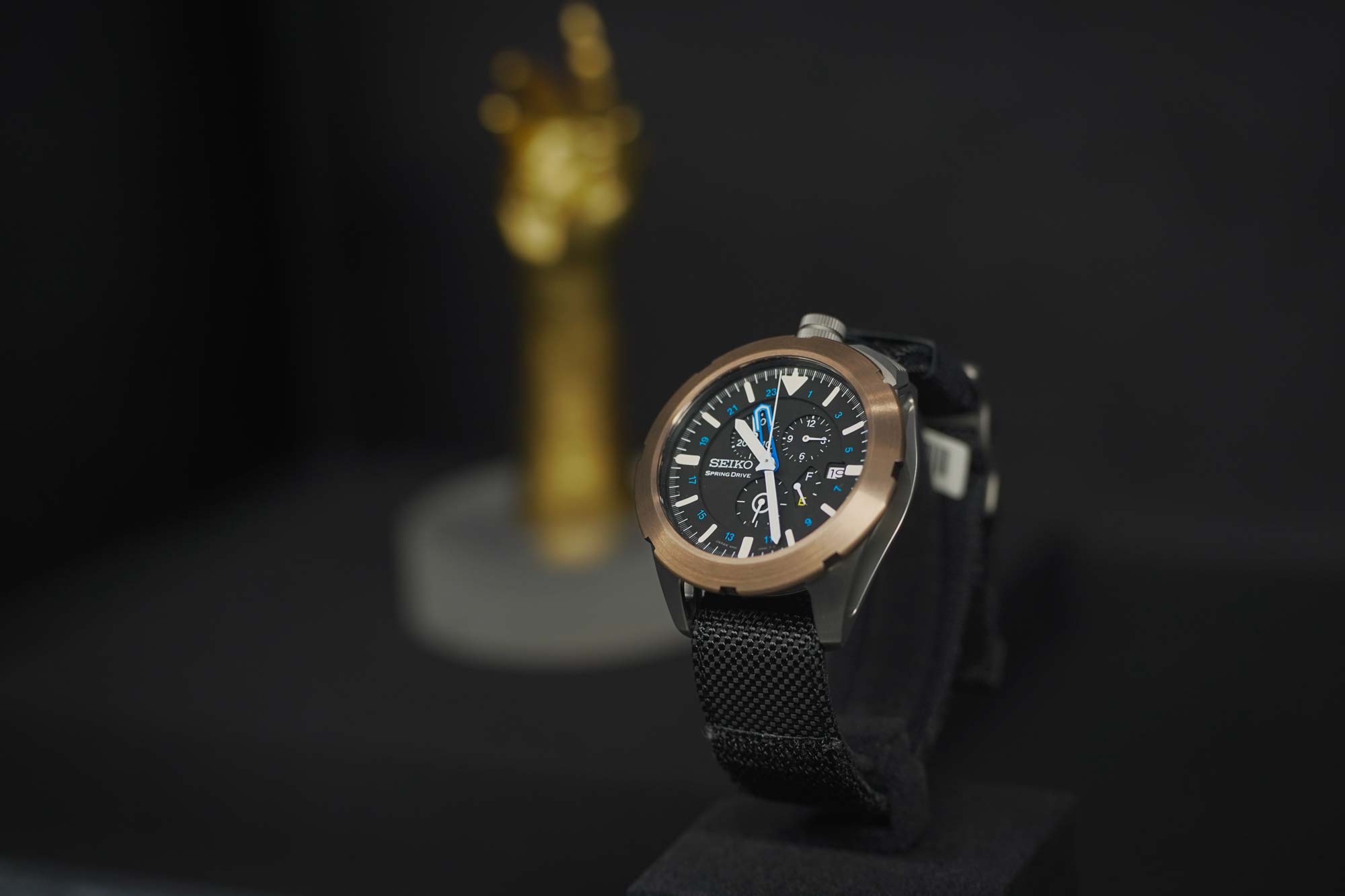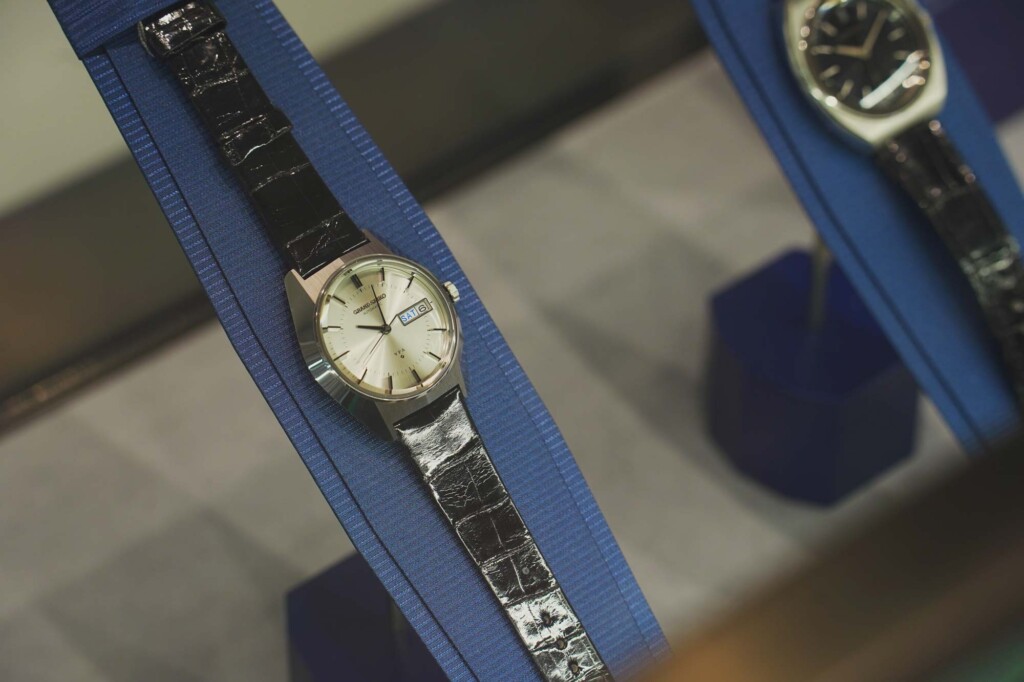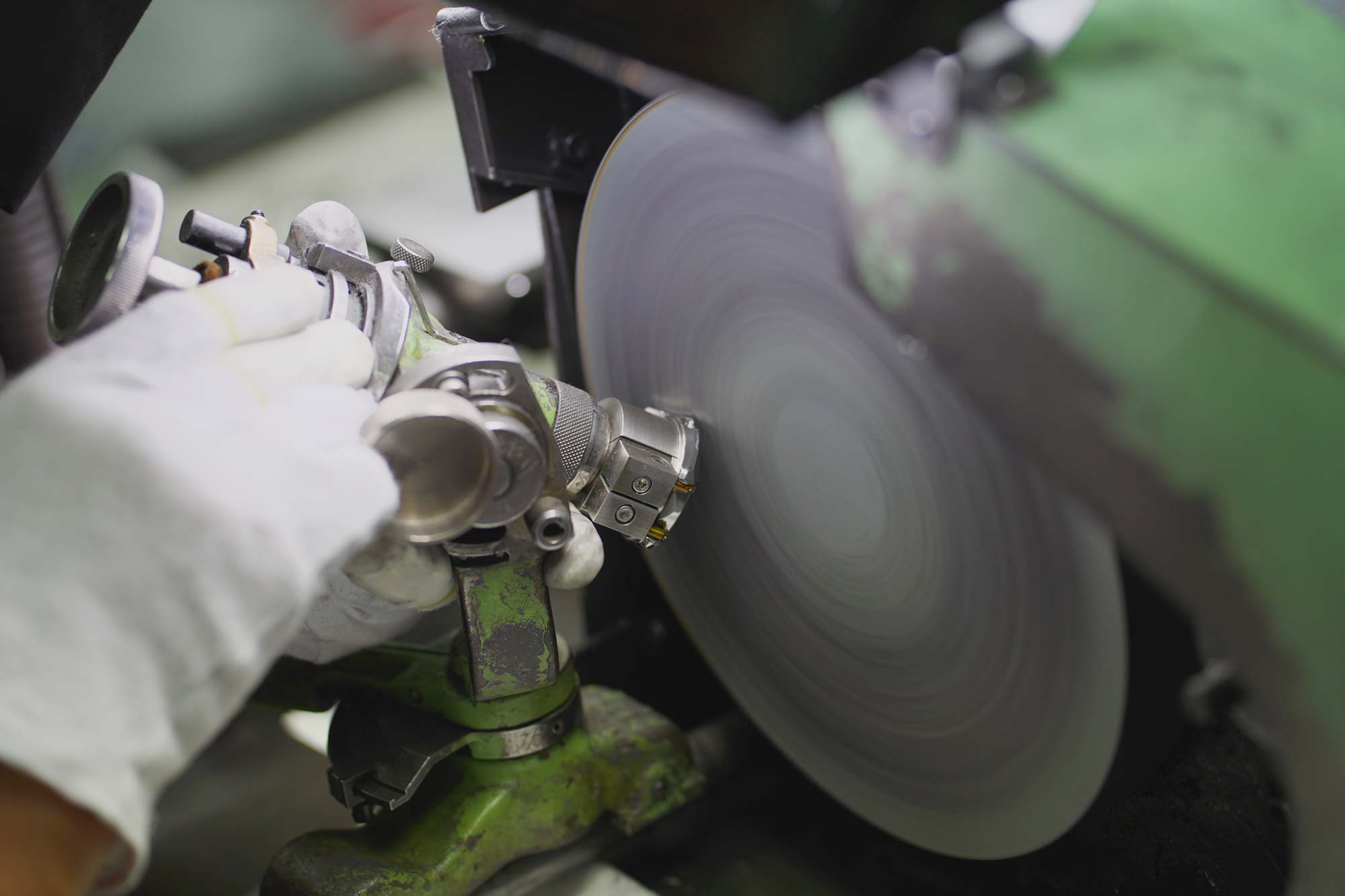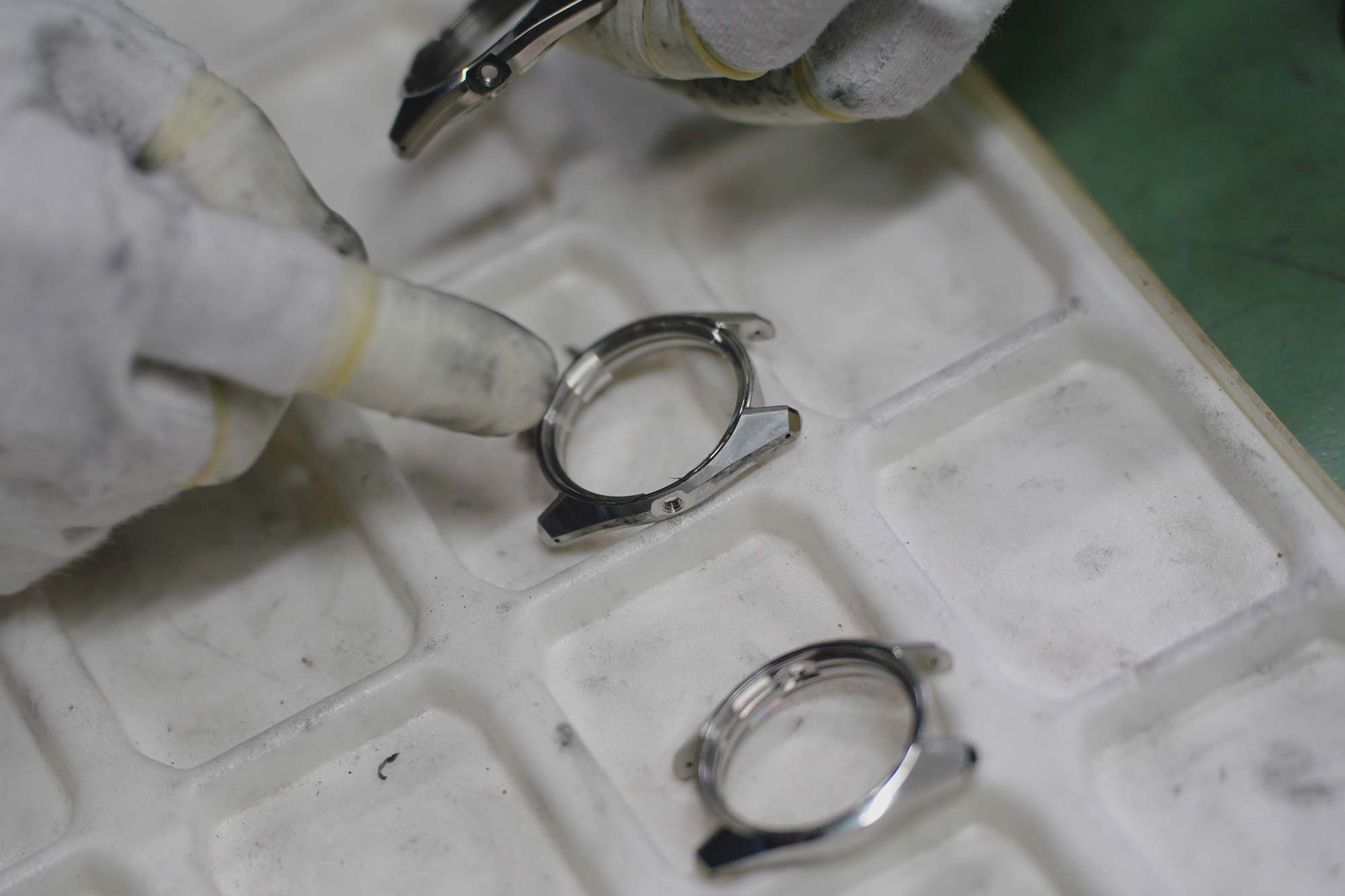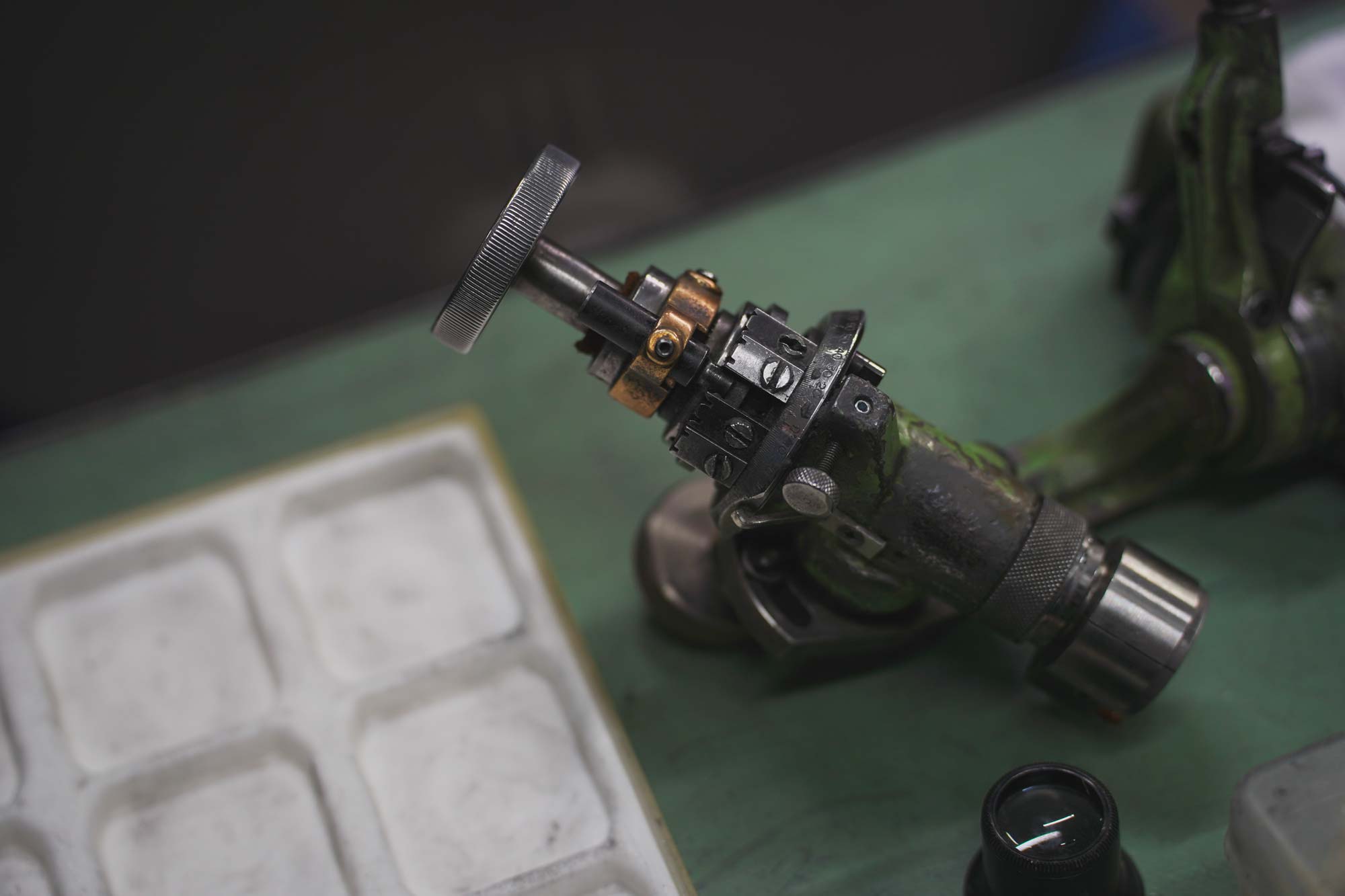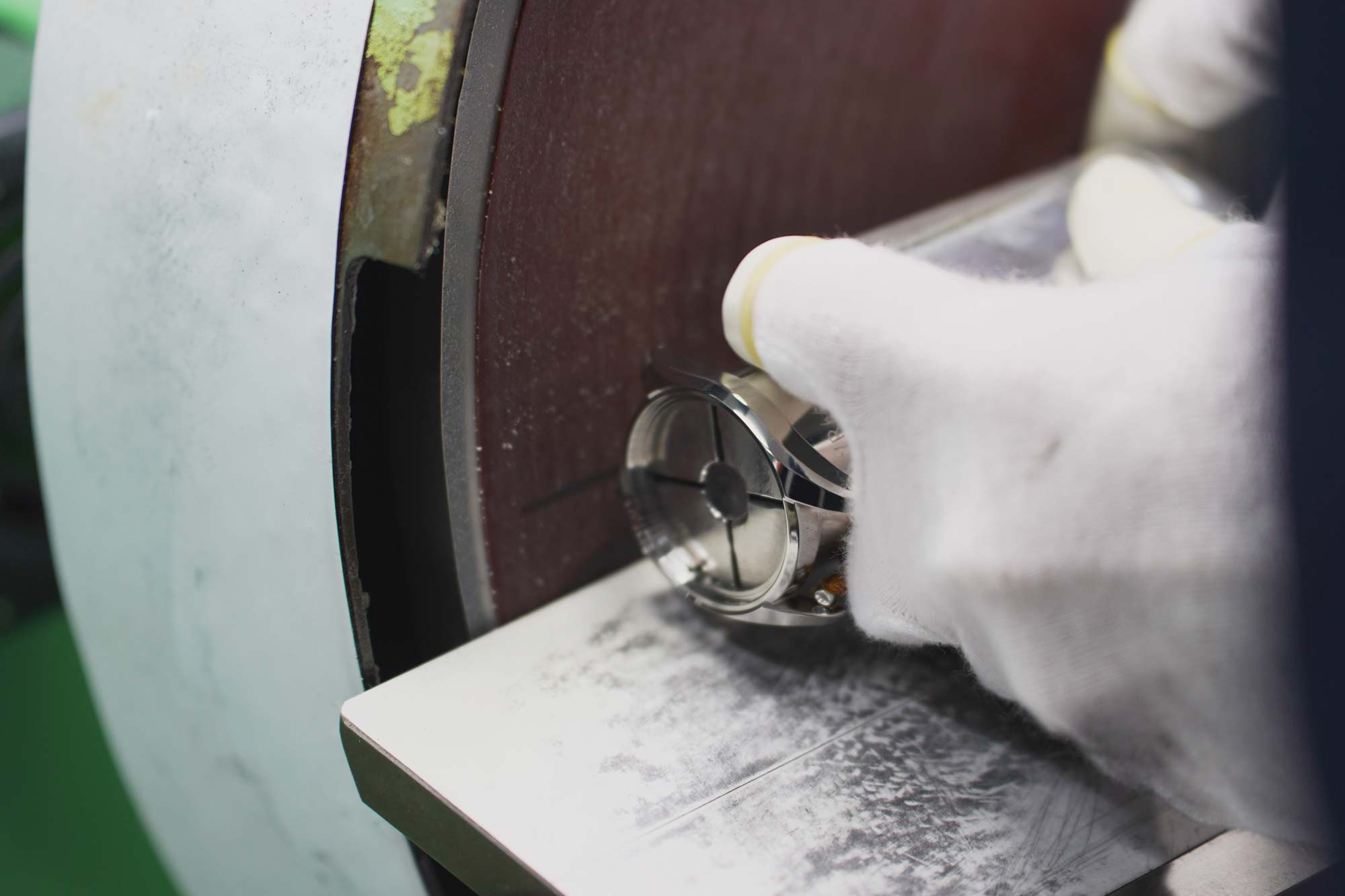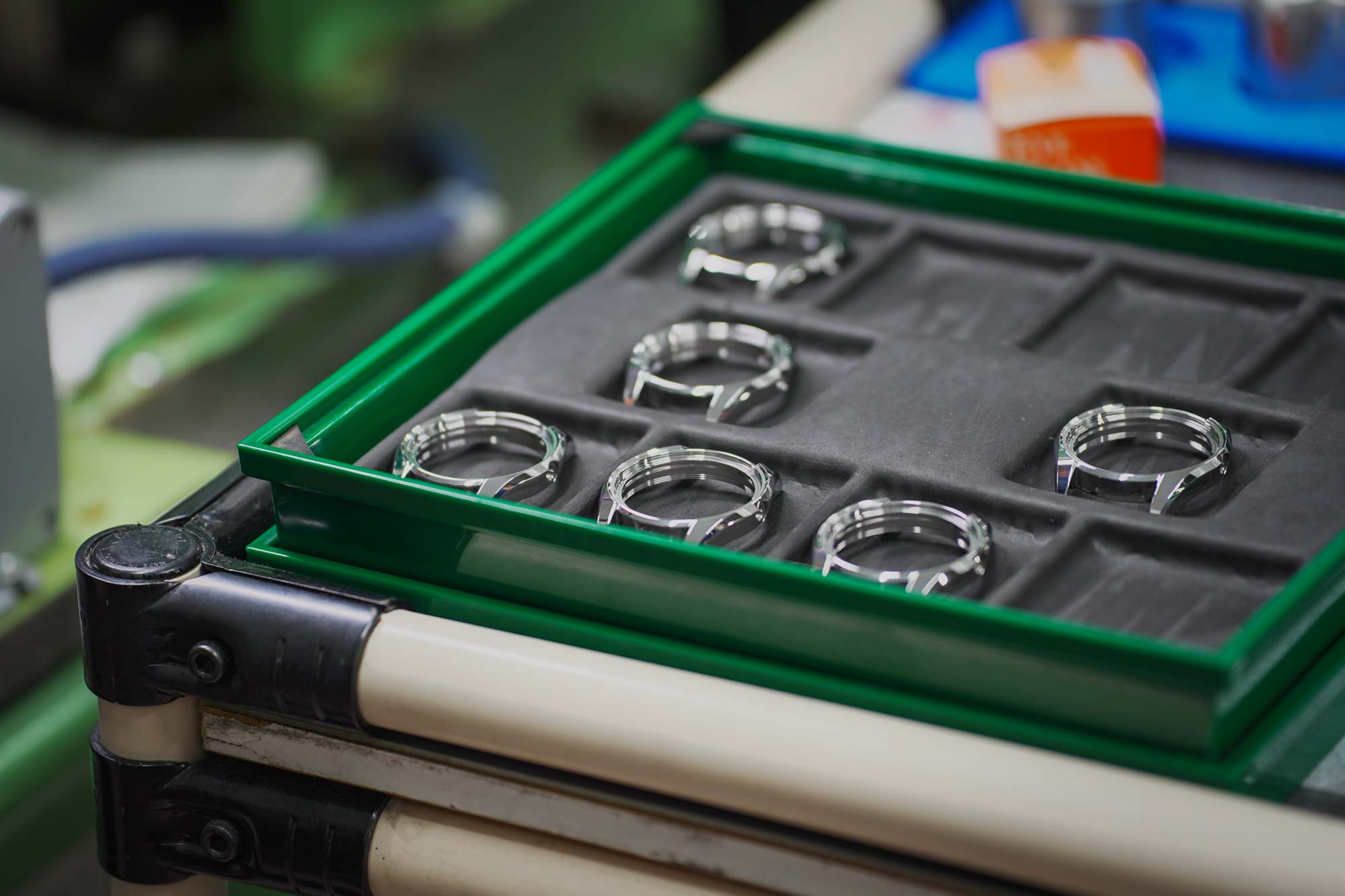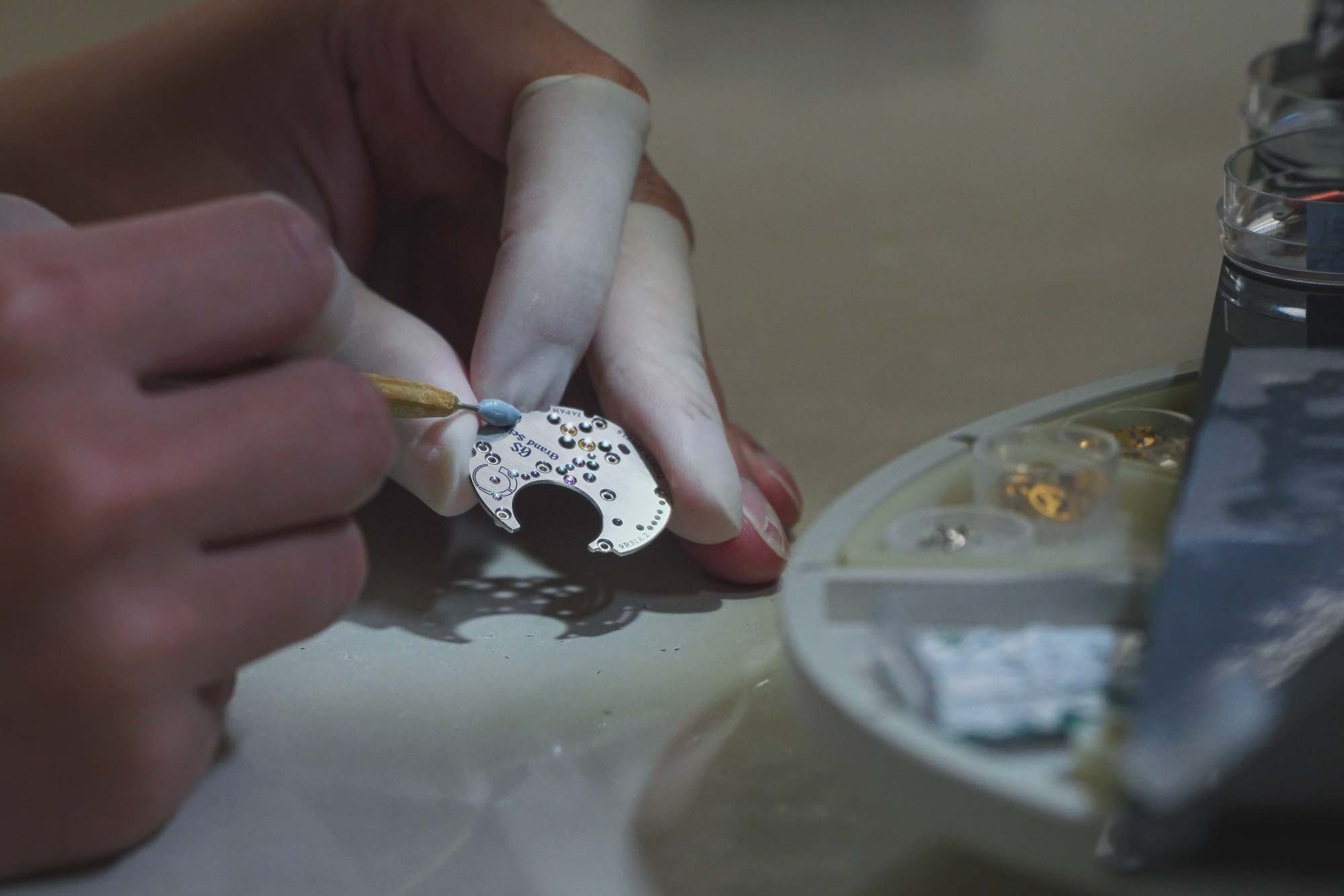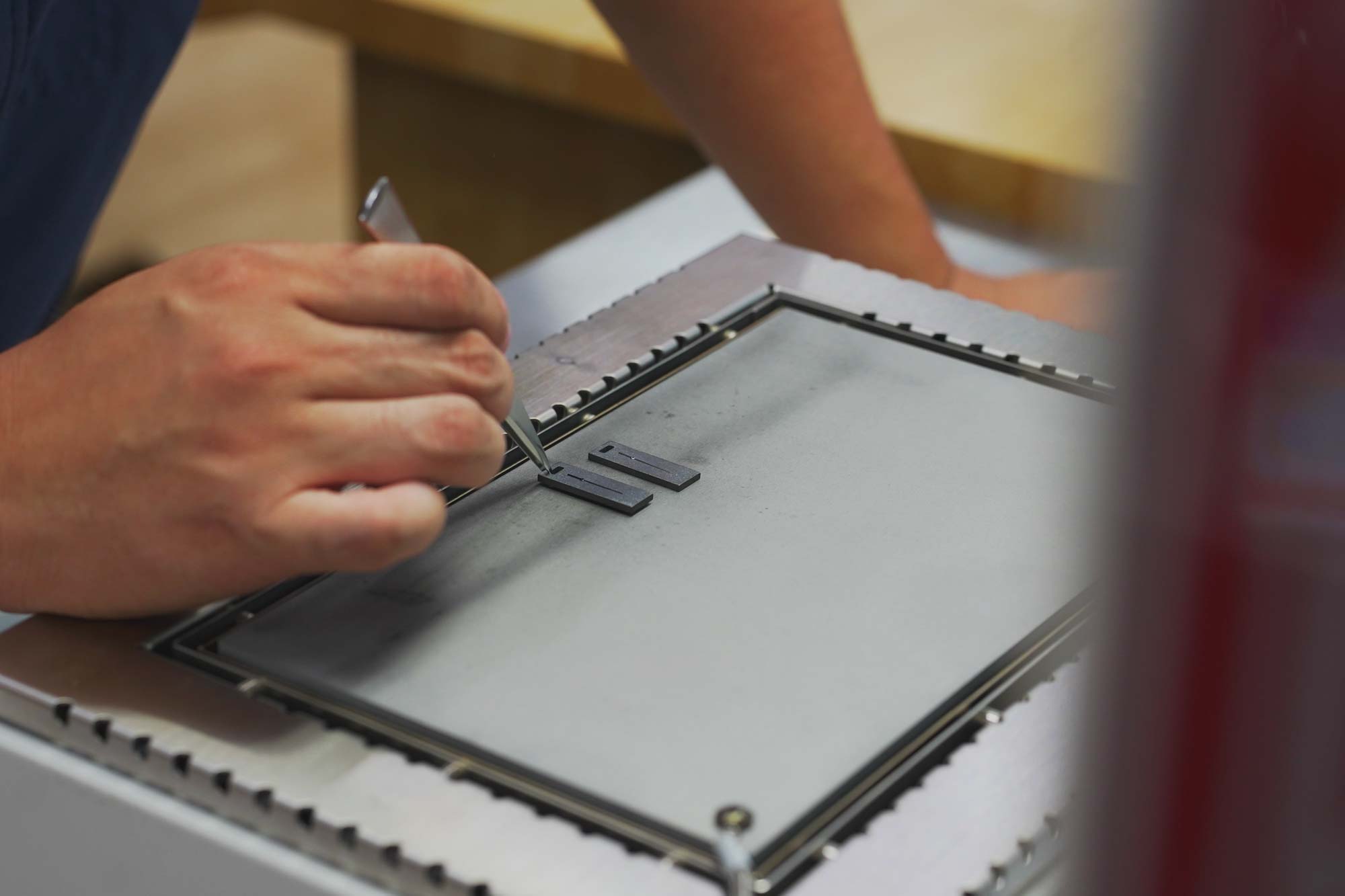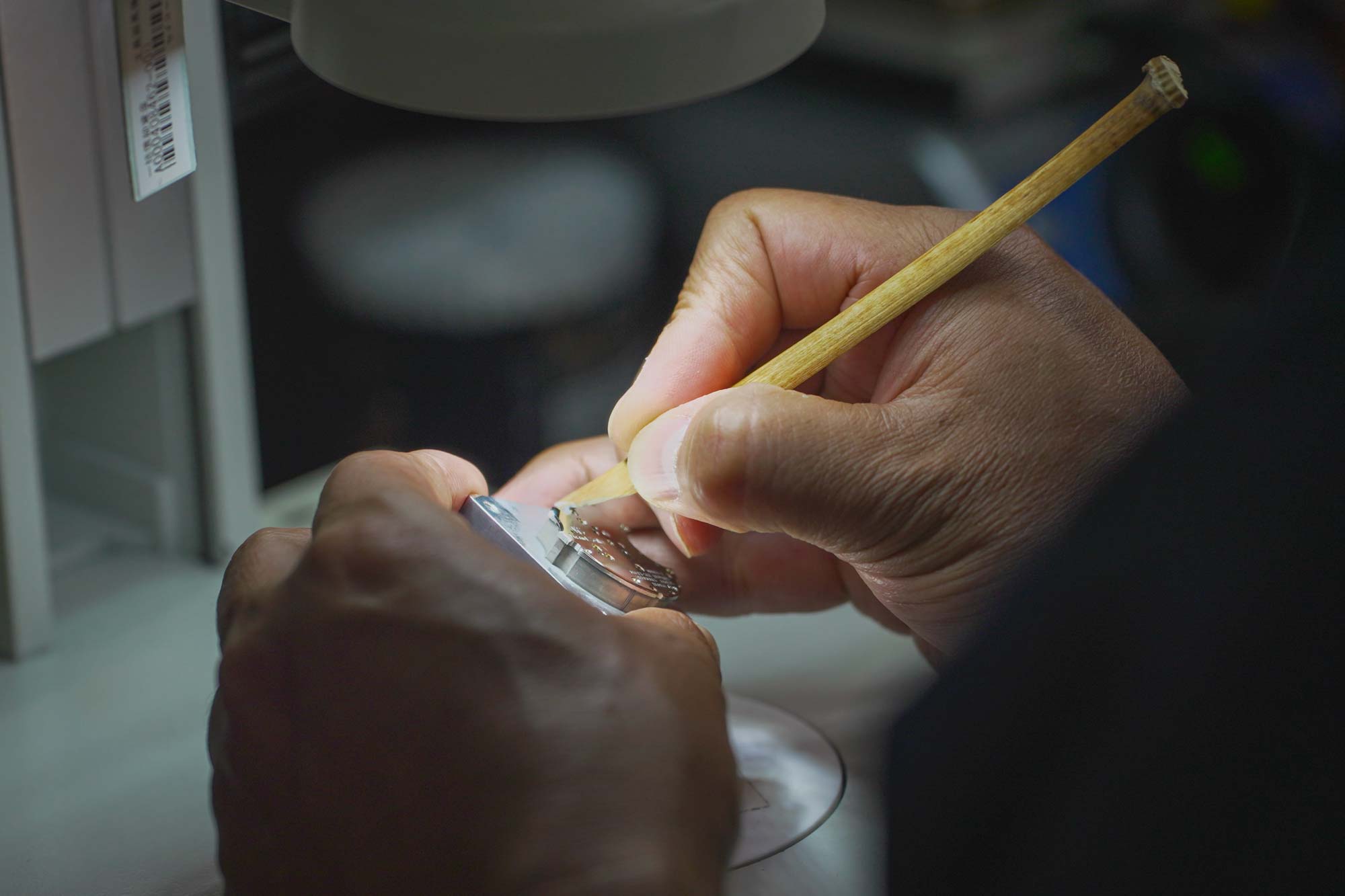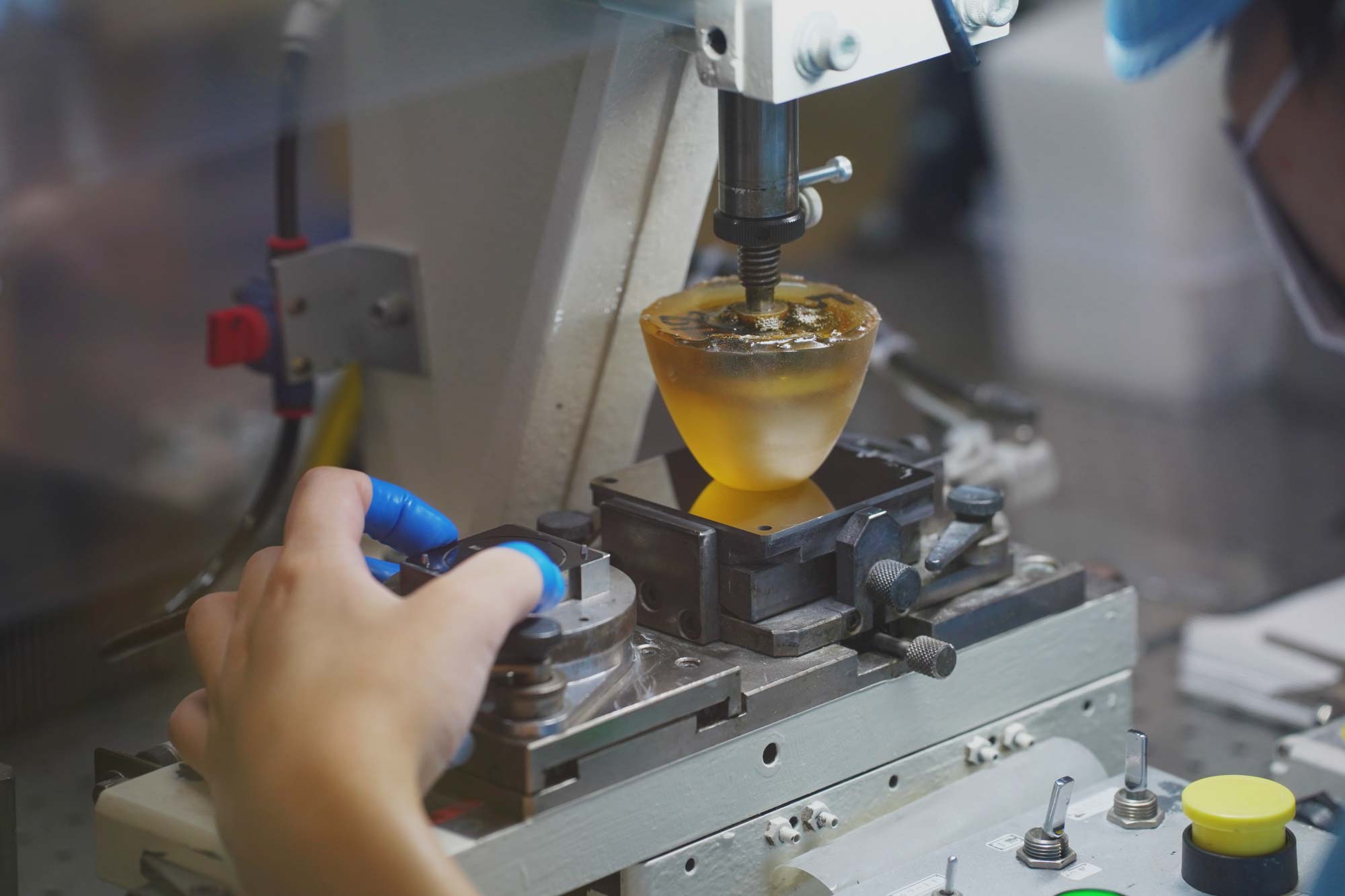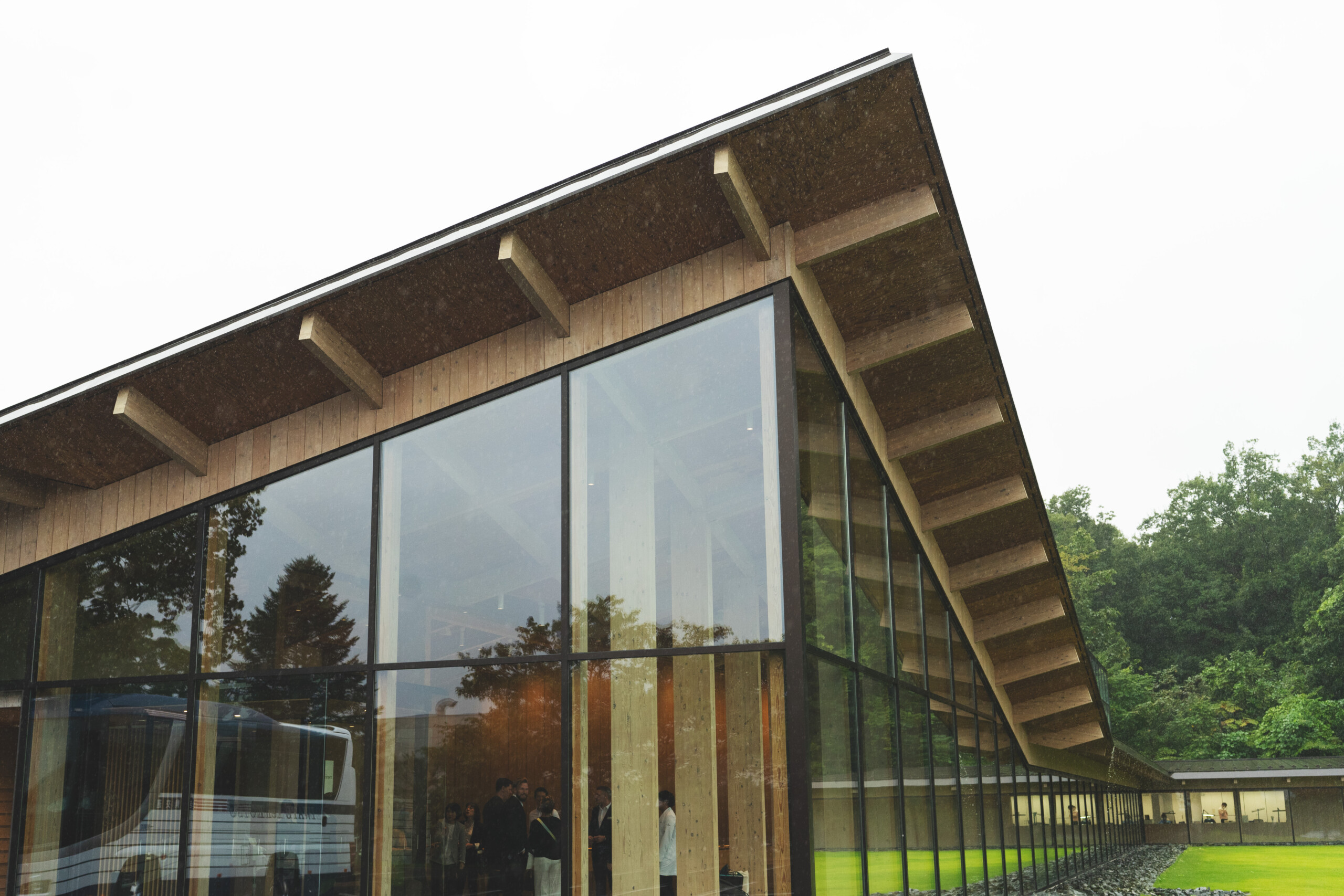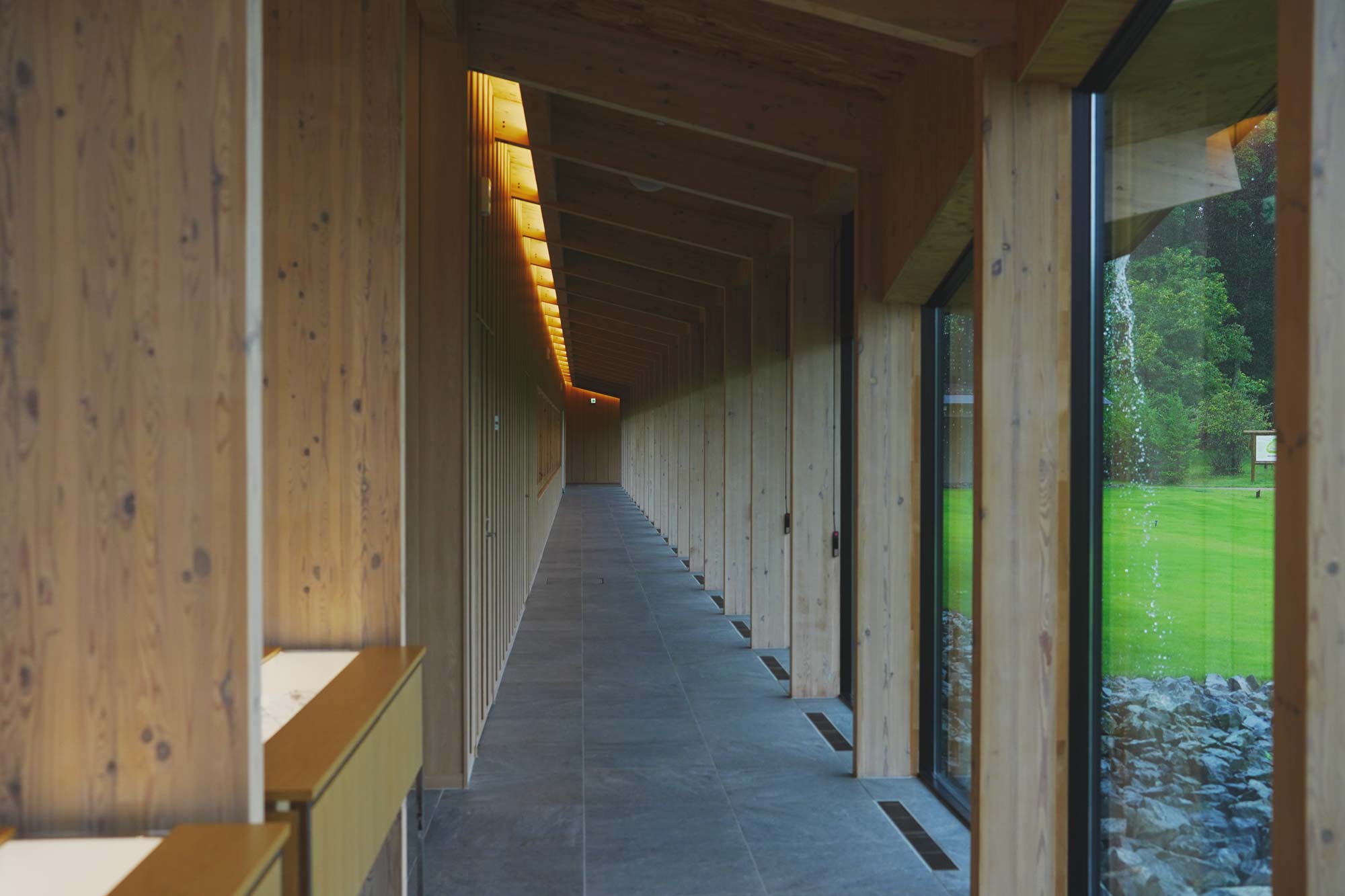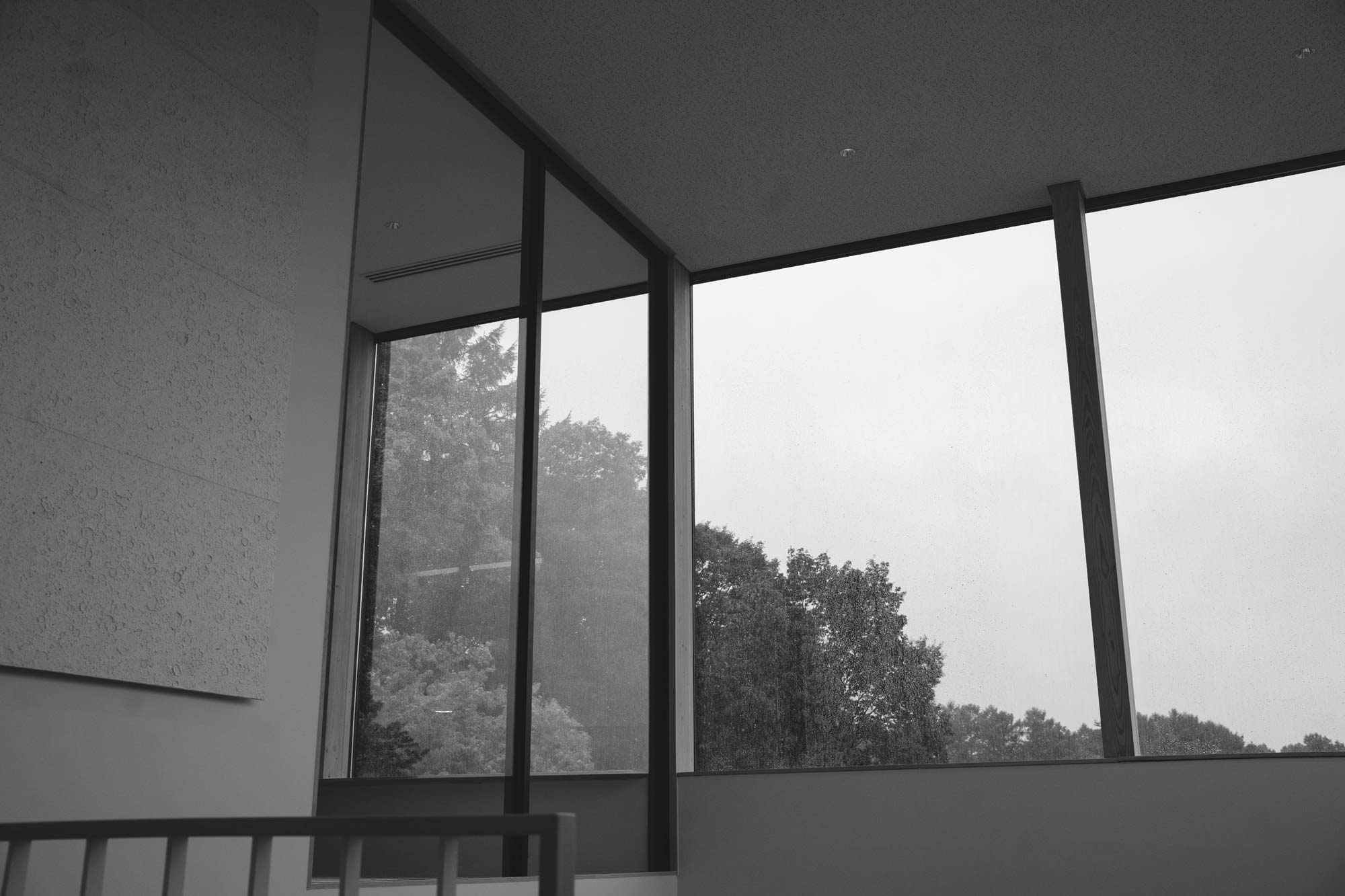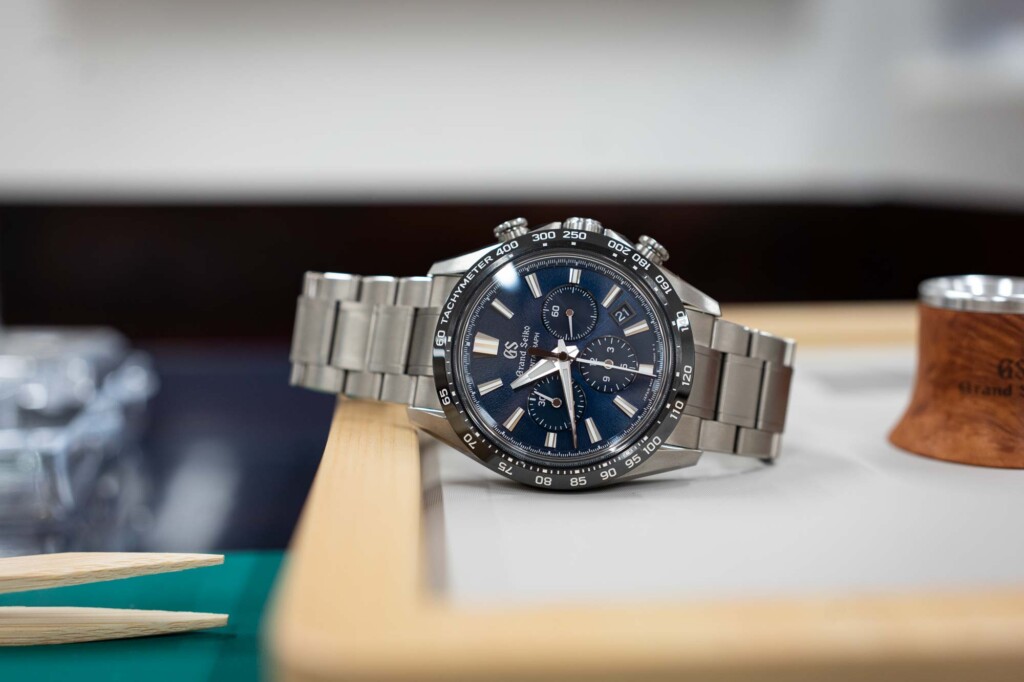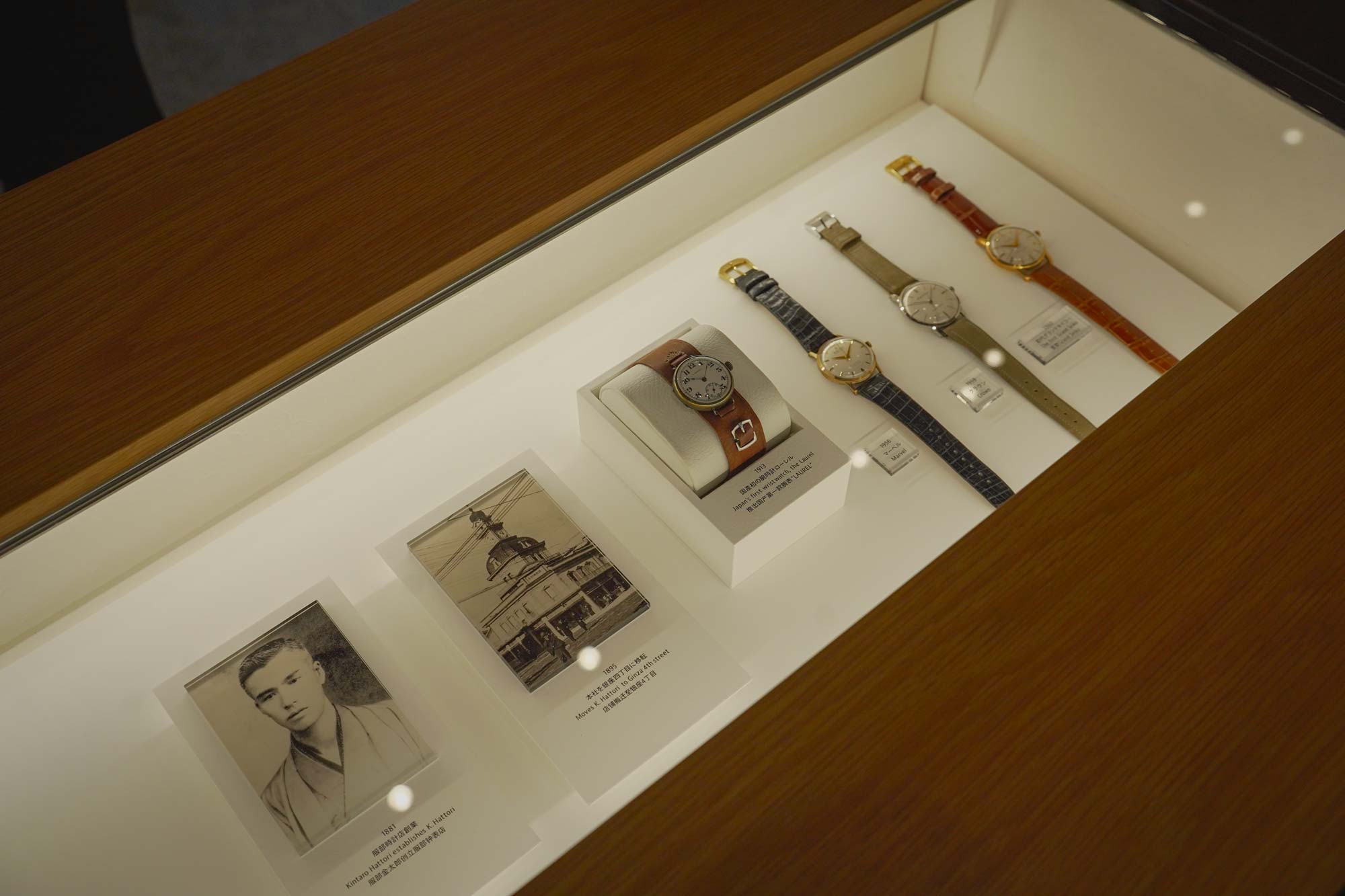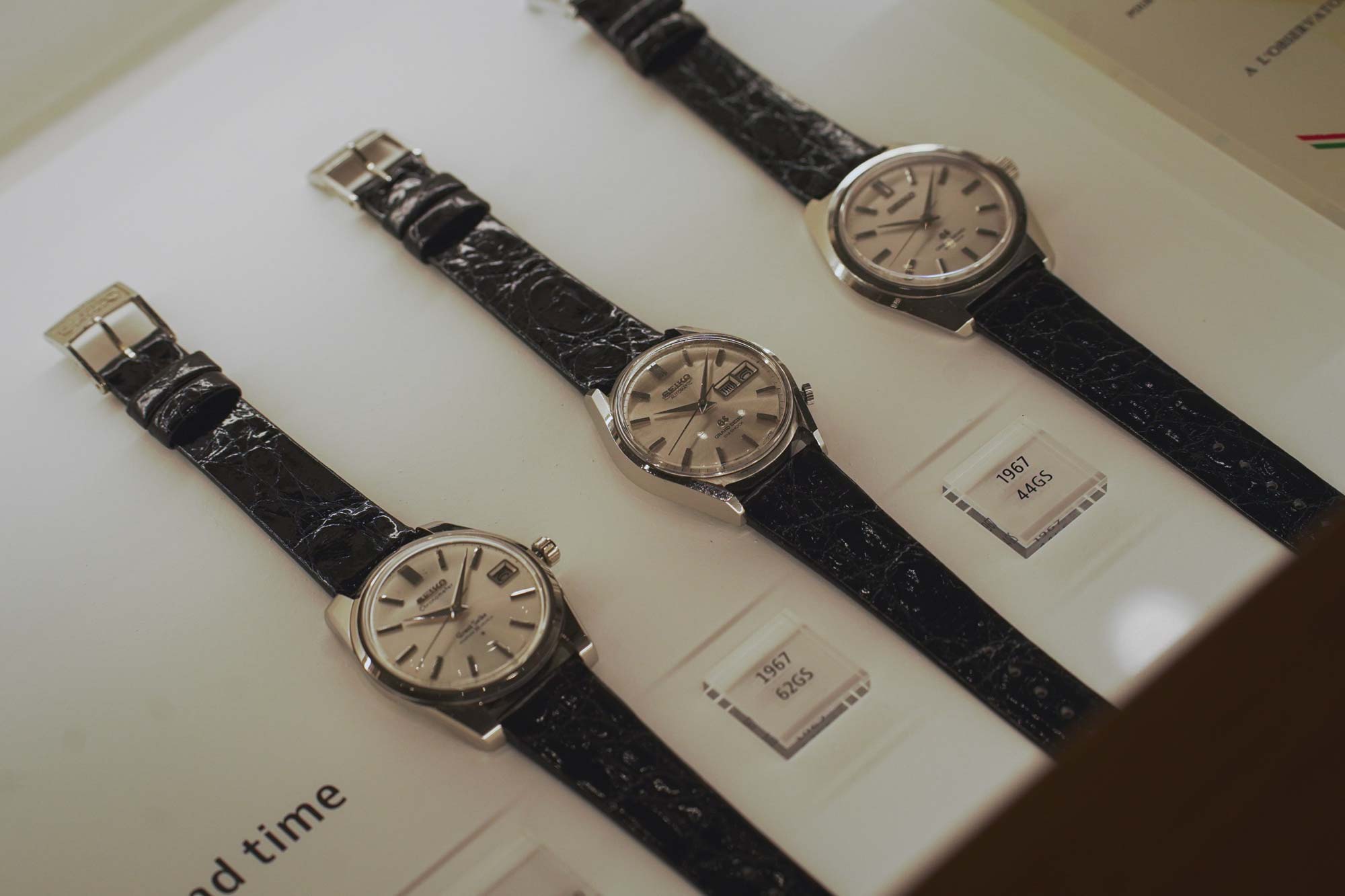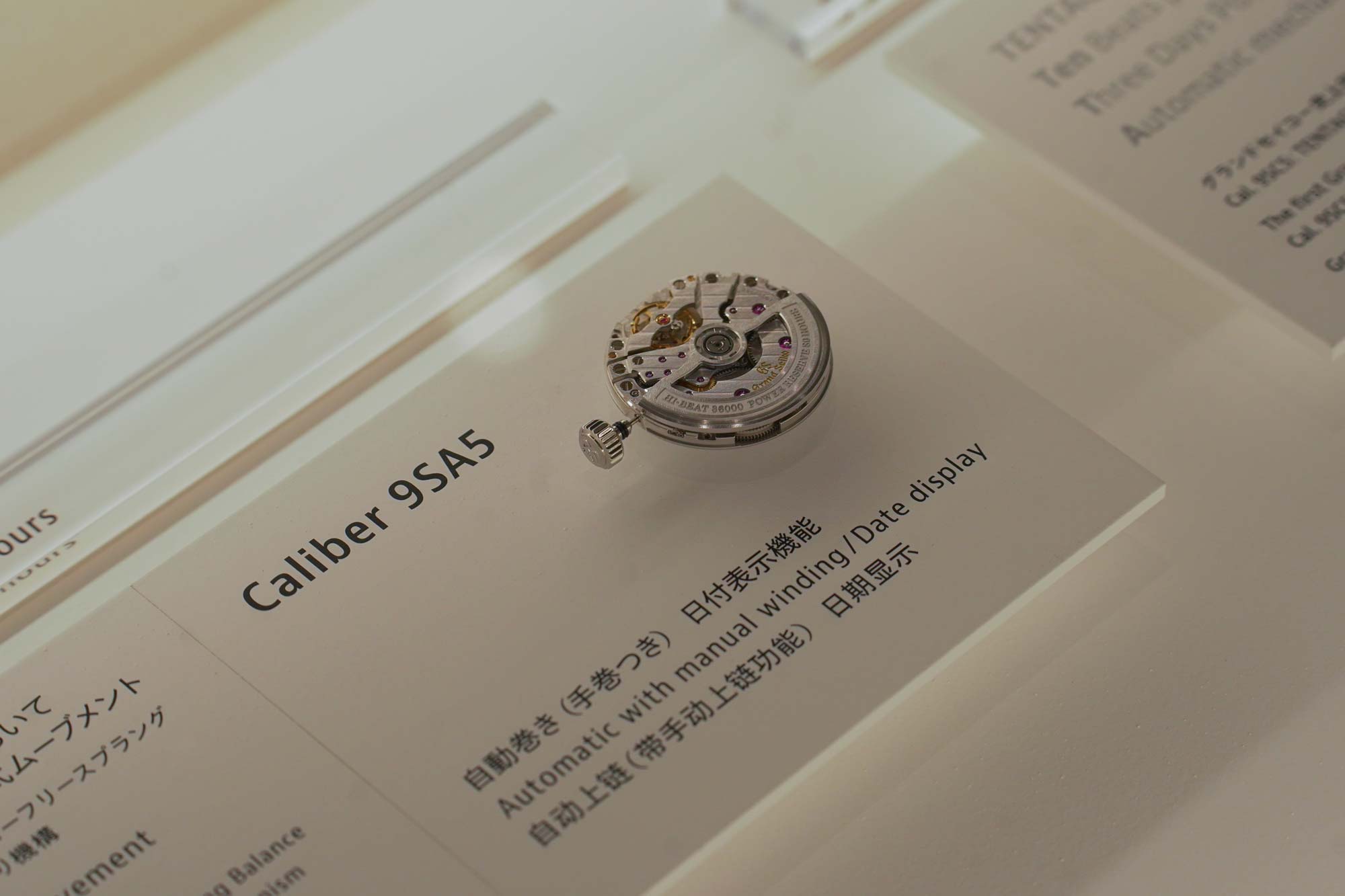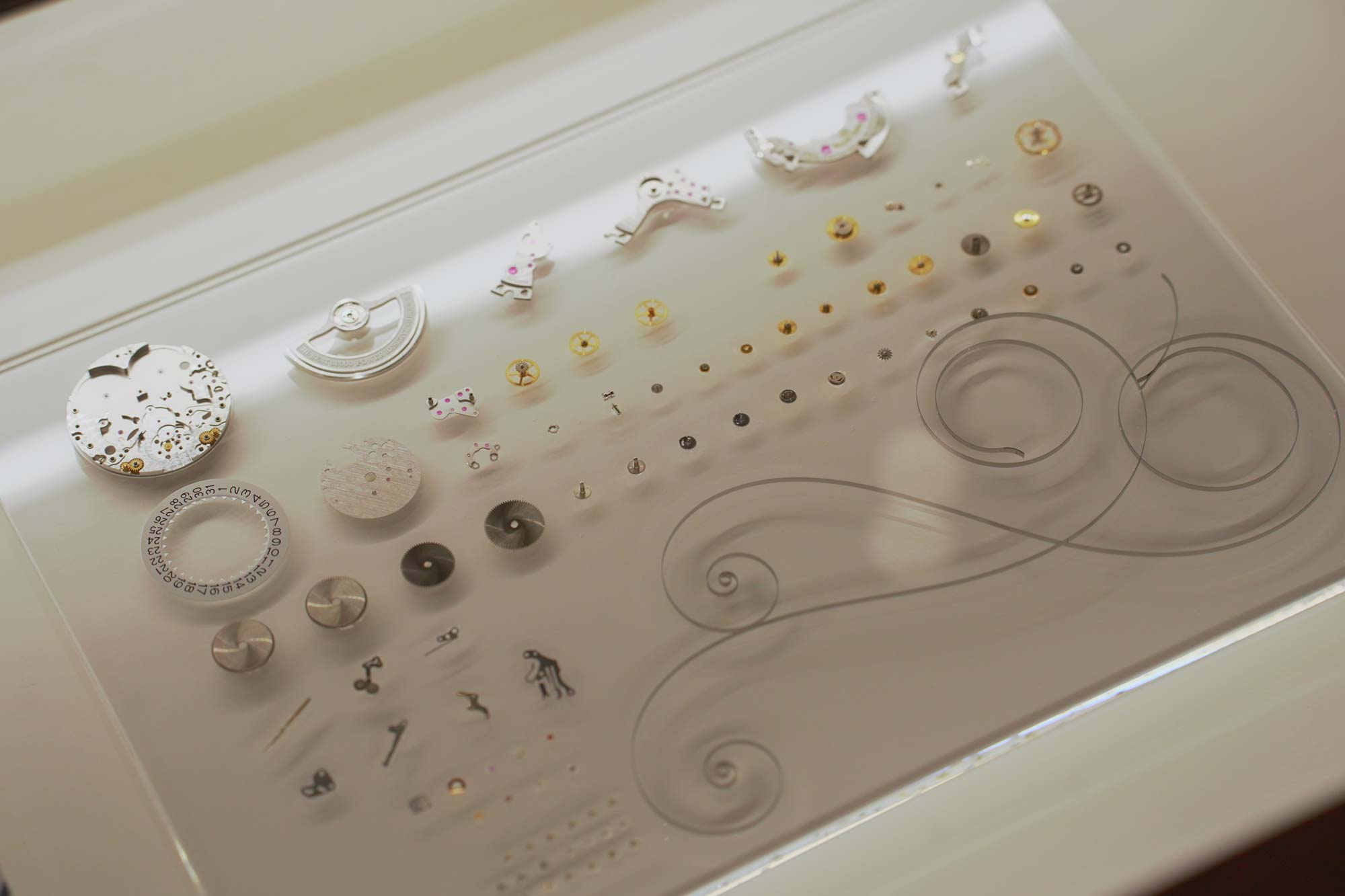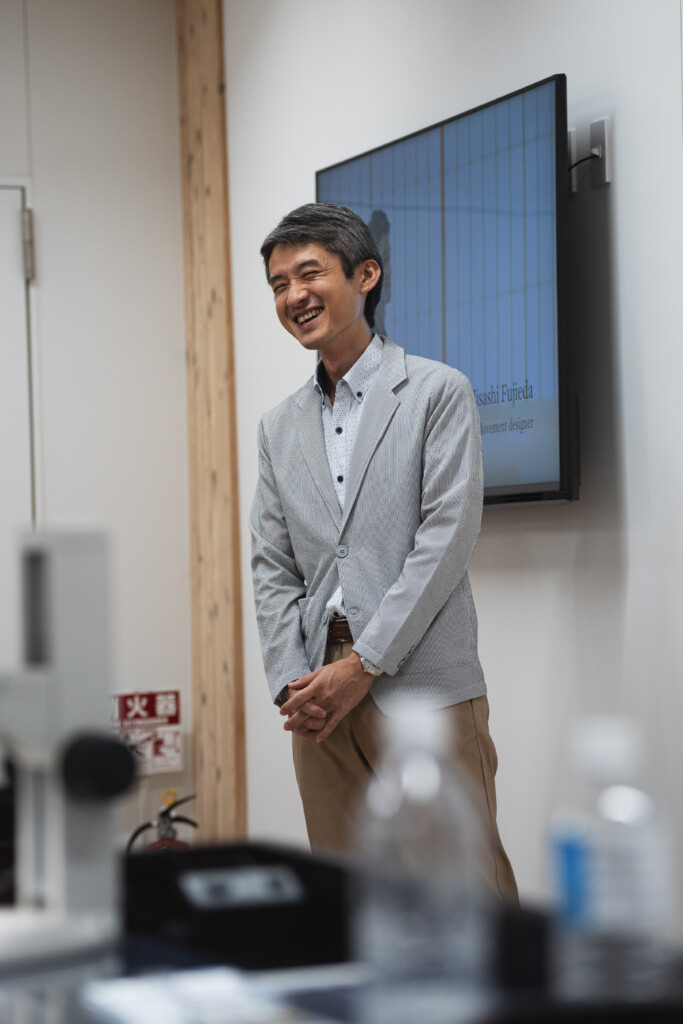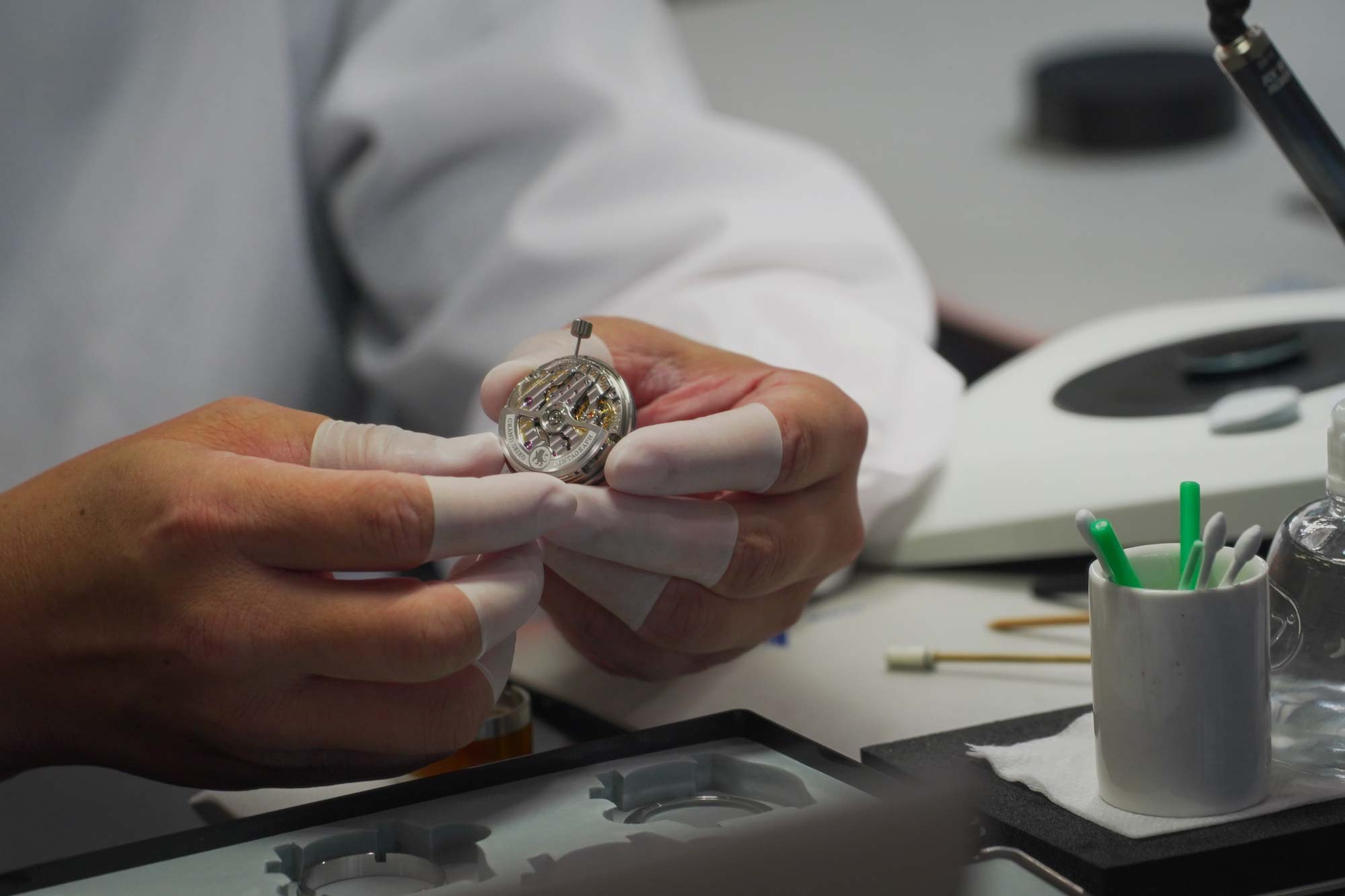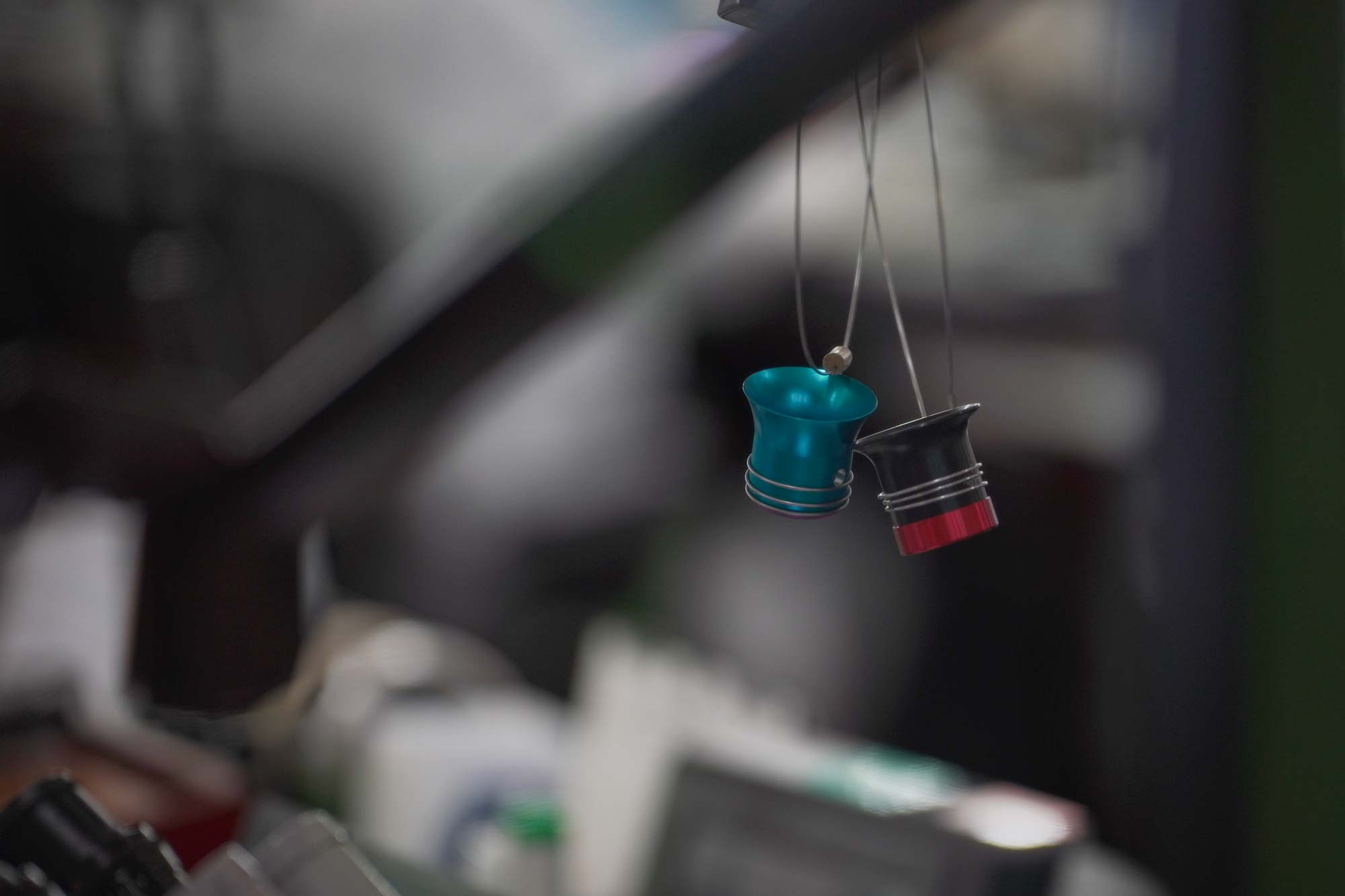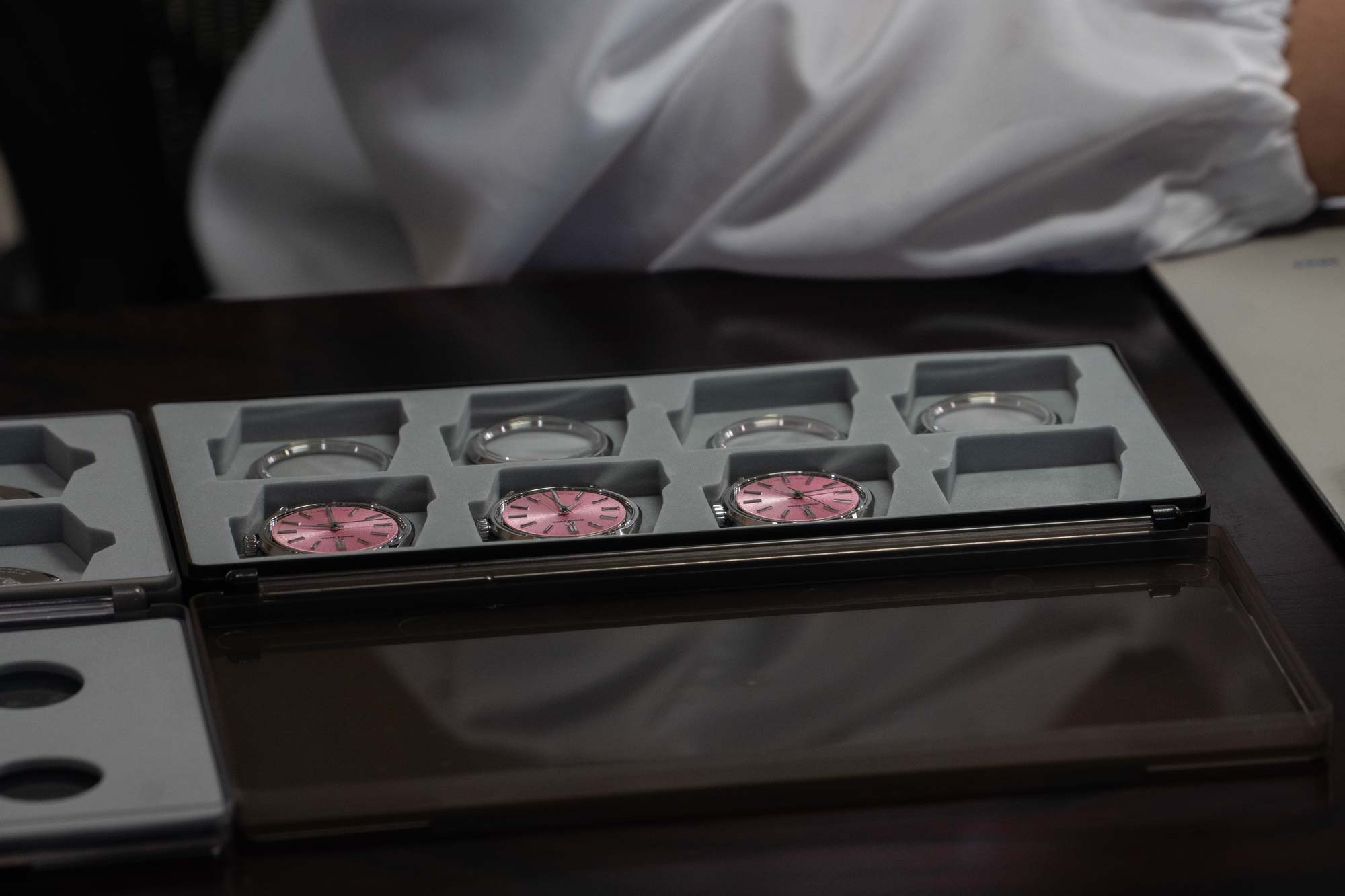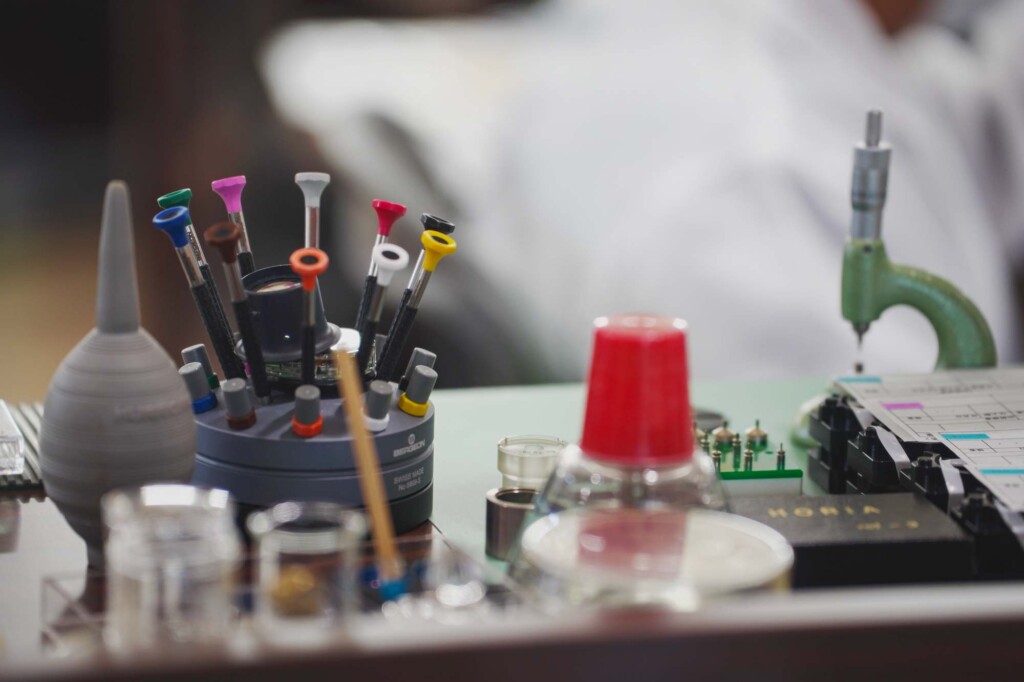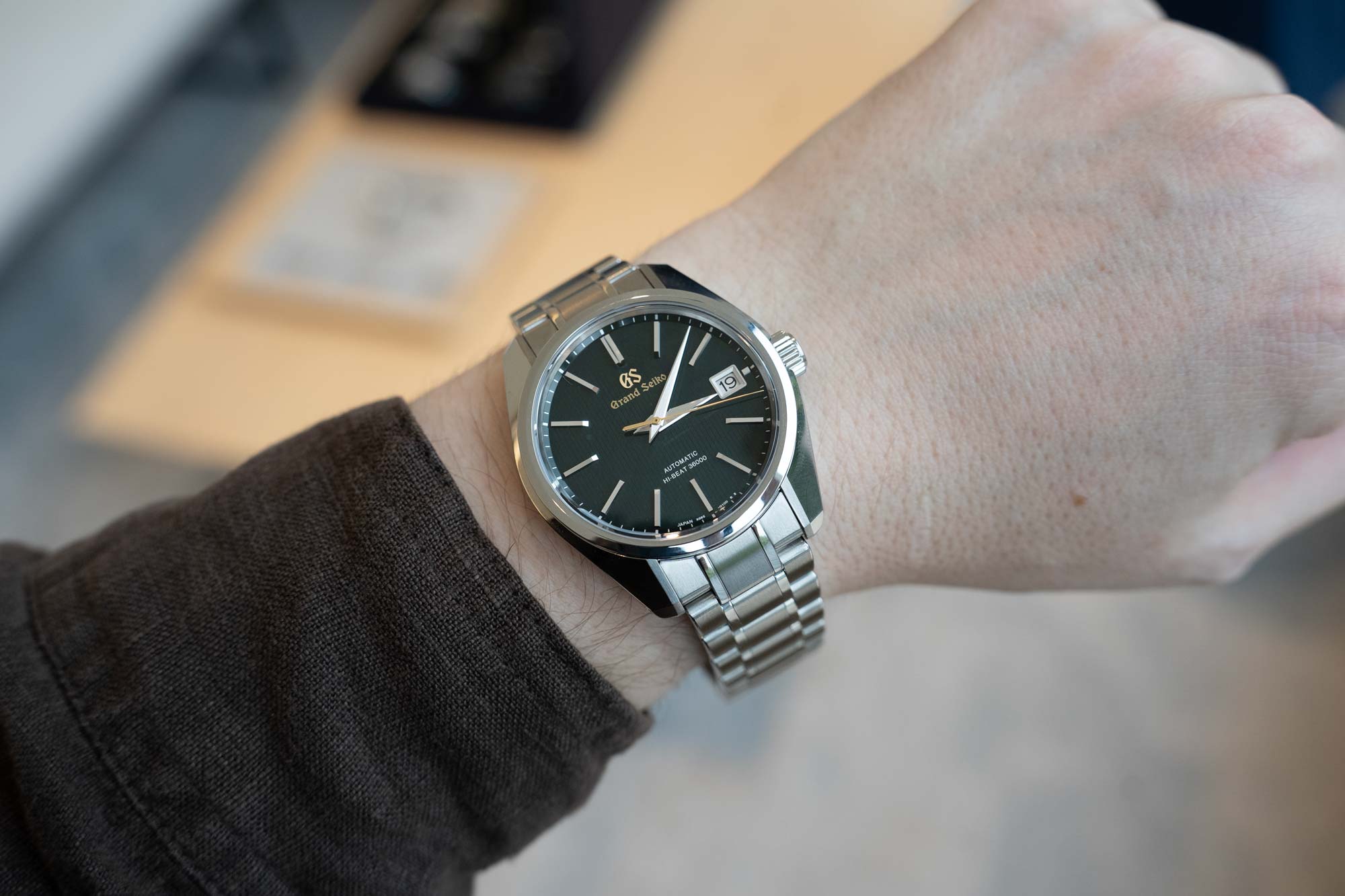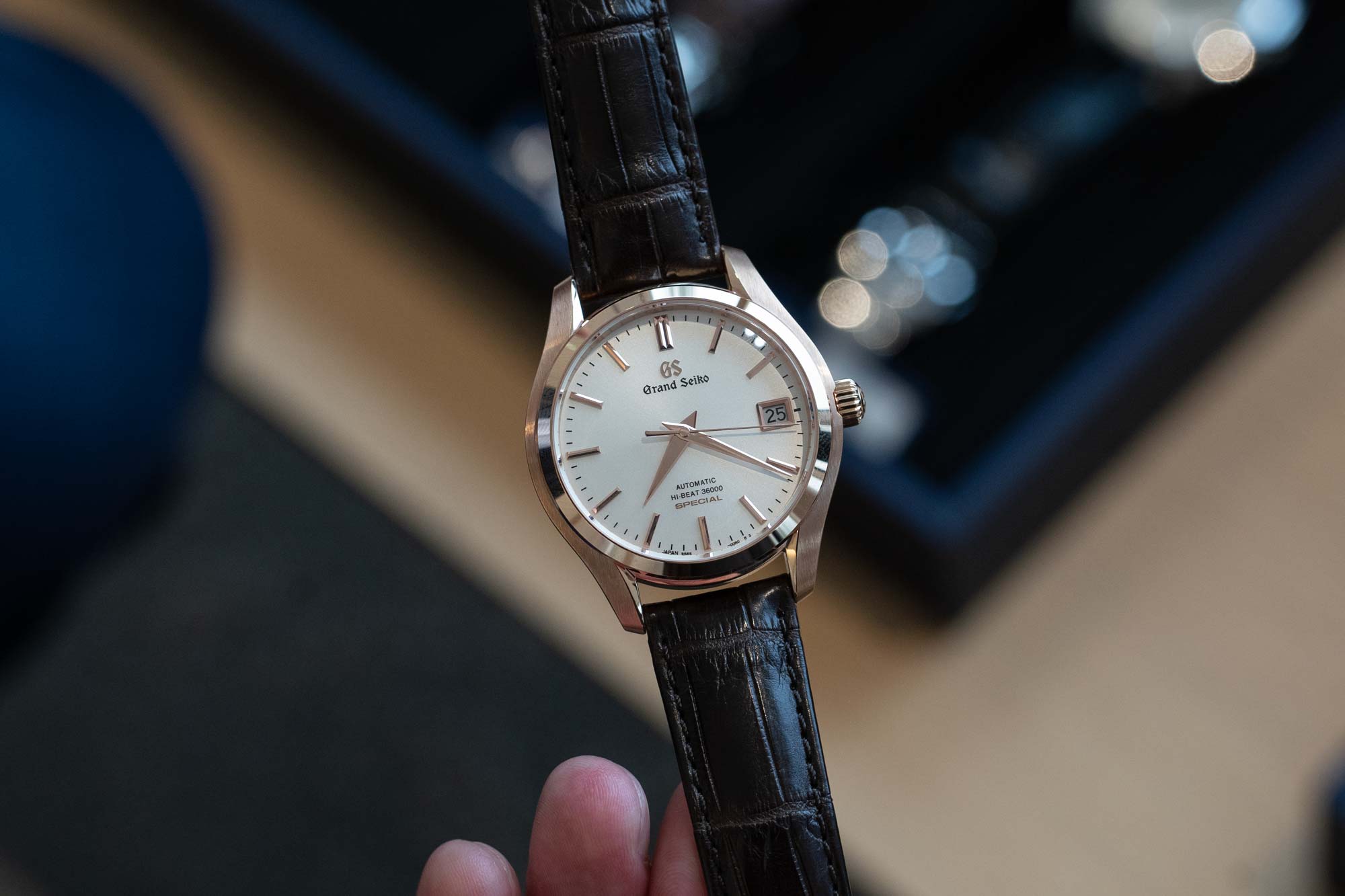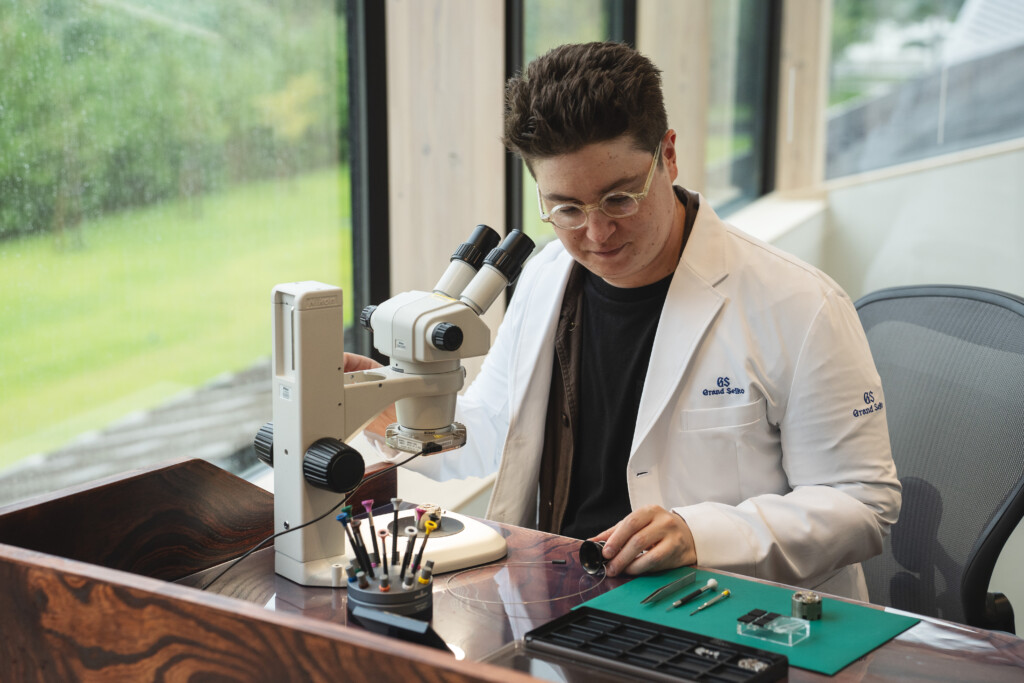The Grand Seiko Media Experience is a whirlwind tour of several Grand Seiko/Seiko facilities across Japan. It’s designed to immerse journalists with a precursory knowledge of the brand in its culture, capabilities, processes, and goods while also giving a flavor of Japan itself. As one of four media invited to go last fall from the US and UK, I was delighted by the opportunity, but my goals were different, I believe, than those of my fellow attendees. You see, I am what you might call a Grand Seiko nerd.
I have reviewed several of their watches (such as the Snowflake and White Birch), served on a panel of their GS9 event, espoused my affection for the brand in a video with fellow Worn & Wound colleagues, and, perhaps most importantly, owned several of their timepieces (and still do). My goal during this trip was less to learn about the brand, though any information I could gleam would be valued, rather to further my appreciation for their craft and better understand the people who put my (and your) watches together.
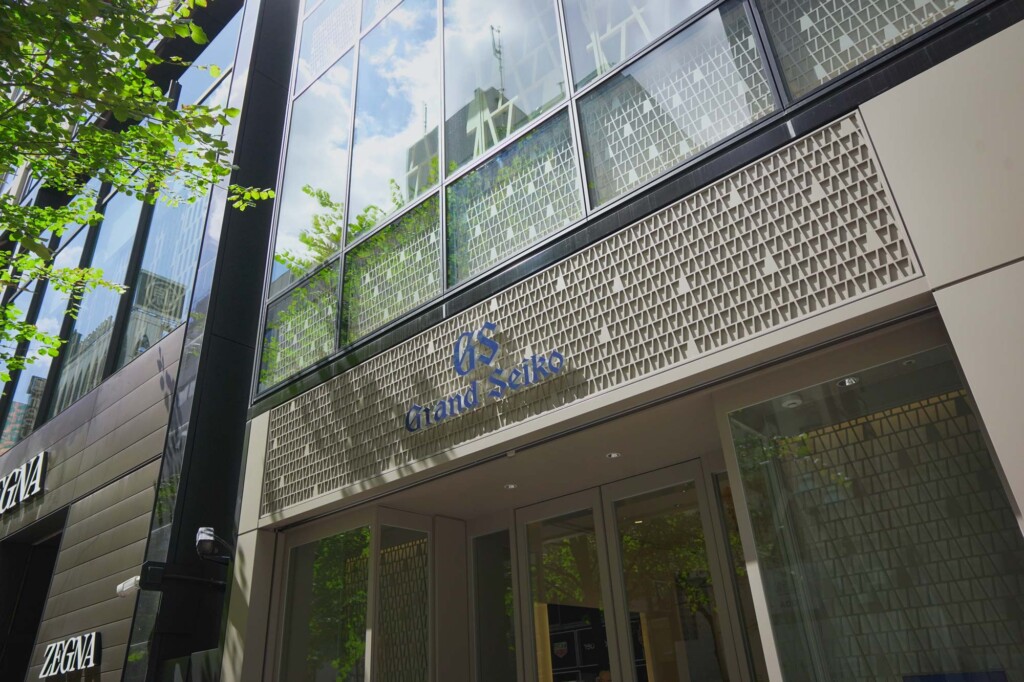
Now, I could take you through each stop we made, every meeting we had, and each lecture or interview from an esteemed member of the Grand Seiko and Seiko ranks (including Mr. Hattori) we took, but I feel that article has been written. Instead, I want to tell you about how it affected me from the perspective of the Grand Seiko enthusiast I claim to be. And there will be lots of photos to show the rest.









 Featured Videos
Featured Videos




